Porto. I’ve been here before. The once familiar caress of an old lover. The ghostly remembrances of younger explorations. Embarrassingly inexperienced. Ridiculous notions of what to do. Fears. Words left unsaid. A gnawing regret for not doing things right. And now, under the cloudy dark skies, you get another chance to do it right. You don’t rush. It’s a marathon, not a sprint. Trying to remember those hazy places you once knew so well but … maybe you’d imagined it. No, it will just take a minute to find them again. The same but not the same. The visible signs of change. In reality I’m the new person. Experiencing things in a completely new way. The things that once thrilled now passé, but an infinite new world to explore. This time I will try to appreciate it.
When Katy first proposed international travel, she said, just pick a place you want to go, and we’ll go there. And I chose Porto. Partially I’ll admit because Chef Jose de Meirelles chose to show Bourdain around his hometown and it looked magical. But I was already an avid port wine nerd and was decidedly curious about Portuguese cuisine. It was everything I could have dreamed it to be. What I’d always dreamt about when I thought of living my best life. Layer over layer over layer of ancient rise and decline. The crumbling valley past one of the world’s largest empires. Thin brightly colored tiled buildings edged in rusted cast iron draped in laundry hanging from balconies. I was filled with a sense of unrealness. A Disney adventure park scale model of some real place. It was too perfect. The exasperated gaw of seagulls over a turgid grey river filled with ancient boats. The whole world was filled with places like this. Now I had seen it. And I was hooked. I wanted to see them all. How the fuck was I going to see them all?
Things have changed a lot in the past 8 years. The buildings down Rua de Mouzinho da Silveira leading from the train station to the waterfront are no longer crumbling ruins. It looks entirely new, but not changed from the original style. There are tourists. Lots of tourist. Clogging all the lanes that during my first visit seemed dark and menacing. The steep hillside brick roads that were once entirely shuttered residentials are bustling with bars and shops and restaurants. The entire old district which had been abandoned to the criminals and the drug dealers has been brought back to life. Our cabbie says none of the locals would come down to this area before but now everyone comes here to enjoy the beauty.
Like many things it’s a blessing and a curse. The tourists bring money and jobs and reasons to invest in the city that was clearly falling down. But I am a lover of romantic decay. Of abandoned places left only to the people brave enough to explore them. The adrenaline kick you get from sneaking photos in a ghetto and trying not to get shanked for your camera. The solitude of rust and age and abandonment. These places call to me. But clearly a selfish motivation to disparage such a fortunate upturn for the community. This change seems welcome. So I support it.
And this time I know a hell of a lot more about northern Portuguese food and I intend to go deep my friends. Very deep. Most likely figure-demolishingly deep. There ain’t nothing light or low carb about the local cuisine. It’s maybe the only place I know of that boiled potatoes AND rice come standard.
But first … let’s languish in the outrageously beautiful Portuguese city porn. There’s no place like Porto. Not even close.
Gratuitous photos of Porto.
Going deep with northern Portuguese food.
8 years after my first visit I’ve discovered a bit more about Portuguese food than I knew last time and I’ve had the benefit of visiting Lisbon to understand the north vs. south variations of dishes. Lisbon has a heavier focus on seafood (with a standard menu) and their sandwiches tend to be quite dry with a heavy dose of garlic grilled with the meat. Porto still has seafood, and especially octopus, but I’ve found a heavier use of pork and a broader offering of peasant dishes. Porto sandwiches feature light sauces and thinner cut meats. And while Lisbon has a much broader international influence, Porto features mainly Portuguese country classics.
I won’t repost food that we tried on our first visit but you can see that here. And of course I can’t cover it all here. But I will write a more in depth Porto food tour post when I have time.
The Sandwiches
Porto has four main traditional sandwiches and can be found all over town. The bifana, a small grilled pork sandwich, the sandes de pernil, a slow grilled pork leg sandwich, the cachorrinhos, a local hotdog grilled in a panini press, and the iconic francesinha, a multilayer tribute to meat topped in a rich tomato based sauce.
The Cachorrinhos
A cachorrinhos uses a small crispy baguette style bread opened and filled with a softer sausage, a little white cheese, and a light smoky hot sauce, then brushed with butter and grilled in a panini press until crispy. The most notable cachorrinhos joint is Gazela open for 50 years and was nominated in 2019 by The World’s 50 Best Restaurants for a “House Specialty” award. These things are small but rich and filling and this one was my favorite. Though they only have one variety. My AirBnb host, Maggie, turned me on to another place owned by the same guy a block up the road called Republica dos Cachorros 2 that has the regular, one with ham, and a third in a francesinha style with ham, melted cheese, and doused with a francesinha sauce, her favorite. And with a glass of Super Bock beer a must. And for sure it was delicious. But I think I preferred the simpler classic at Gazela.
The Bifana
I’ve written about these before in Lisbon but I much prefer the Porto version. The pork is sliced much thinner and stewed in a thin spicy sauce and the bread gets a little spoon of the sauce softening everything and giving it a more intense flavor. The best bifana that I could find in Porto was at a place called Conga. They’re small and I could easily handle two but instead I opted for both a whole quail drenched in the spicy bifana sauce and a bowl of a porto specialty called papas de sarrabulho or blood porridge. Originally a peasant dish of pork blood stewed with bread, the modern version is a spicy delicious meat porridge. Pork blood, chicken, pork, ham, sausages, smoked sausage, cumin, lemon and bread or corn flour with a healthy few dashes of cumin on top after serving. This stuff is filling and delicious. Actually my favorite version I found at Pedro dos Frangos, a rotisserie chicken joint directly across the street.
Later on we ordered delivery from here and I tried their mutant hotdog loaded with bifana meat.
Sandes de Pernil
The pernil sandwich is also a pork sandwich served on a small crusty roll, but the pork leg here is slow roasted for hours and carved a bit chunky with cheese and a light sauce. The best pernil can be found at Casa Guedes which has a long menu of variations. I tried the basic version and as a second ordered another with alheira (Portuguese bread and garlic sausage) and a fried egg. Two regular ones would have been pushing it for me but with the addition of the rich sausage I couldn’t finish my second, though very delicious. It made a great snack later. They also have a rooftop deck.
The Francesinha
Ok, so this is it, the grand daddy of Porto sandwiches and probably the most well known. This guy is a behemoth of rich smoky meaty awesomeness. I would say you can’t eat these every day but I did end up having at least 6 different ones while I was in Porto. But after some asking around the consensus seems to be that the best francesinha is at Cafe Santiago. Coincidentally the place where I first tried one. This diner takes it’s francesinha seriously and since I’ve been here last have expanded their options from one to 3 varieties: the classic (with or without fries), house special version “Santiago”, and the Santiago version with bife do lombo, a higher quality slice of steak. I of course went with the Santiago with bife do lombo.
They start with wood oven baked white bread in a mold, cleaned of crust, fresh cooked sausage, and then a second smoky sausage, arranged in a layer, fresh cooked steak, a slice of grilled ham, then a slice of local white cheese on top, the whole sandwich is then grilled in a panini press until crispy, a runny fried egg is then placed on top and four slices of cheese with a half circle cut out are arranged around the yolk, and then the whole thing is topped with a secret house made francesinha sauce. It pairs well with the local beer. This was definitely the best version I’ve tried.
The Prego
A fifth local sandwich which deserves at least a note is the simple steak sandwich called the prego. The Porto version was basically the same as the Lisbon version and I’ve written about those before. Steak, bread, that’s it. You’ll find them all over and in Porto there are variations unlike in Lisbon, with an egg, sauce, or other meats on top.
Taberna Santo António
The one place that consistently comes up for delicious simple traditional dishes is a small family run joint in the old part of town. It opened over 30 years ago as a corner snack shop for locals but as the city tourism has grown has blossomed into a bustling restaurant that seemed booked solid lunch and dinner every night. The owner is a dynamic personality switching seamlessly from gentle hospitality to cold and harsh rebuff depending on the politeness of the diner. I loved it there. It felt like a family with many people seeming to know each other. The menu changes every night and only gets printed up about 15 minutes before service. But everything I tried was amazing, so feel confident you’ll be treated well. Luckily this place was only a block from my apartment so I was there often. Here’s just a small sampling:
Rei Dos Galos de Amarante
This was another well reviewed but more elusive traditional restaurant in the old part of town. It’s just up the street from Santo Antonio but I could never catch it open. Turns out it’s only open on Friday and Saturday night. You need to call in advance (no website or way to book) to get a table for the night, they just do one seating, but you can arrive anytime after 8. I watched loads of people trying to walk in but all were turned away. From what I can tell two people were running the place front and back. A hand written menu and an occasional language barrier, but everything was amazing! The homey ambiance, every dish we ordered, all great. If you can figure out how to get a table it’s well worth the effort.

Port tasting in Villa Nova de Gaia
On my first visit, I loved port. I knew all about it, the history, how it is made, all of the varieties. But honestly, I hadn’t had much really great port. I didn’t have much money and I was limited to what they sold at Trader Joe’s. Now, I know more about what I like. And I was excited to go a bit deeper tasting the good stuff. My favorite label then was Kopke and it turns out this is the oldest port label in Porto. Katy bought me a Kopke 1974 colhieta, my birth year, and it turned out to be one of the best years available. So I wanted to explore other expressions of that year and see how it compared to other notable colhietas. Sadly Kopke ran out of 1974 in 2016 but I found a house sampling Barros 1974 colhieta which was excellent and a third of the price. We also discovered a Burmester 1985 colhieta that was fantastic.
If you’re unfamiliar, port is a type of fortified wine created to survive long boat trips. The local Douro wine fermentation is stopped half way through by the addition of brandy raising the alcoholic content to around 20%, killing the remaining yeast and leaving a higher sugar content. The wine is then aged in oak barrels for ten or more years to marry the two spirits. Ruby ports are aged 2-3 years in large barrels to reduce the exposure to oak and leave a more fruity spirit. Tawny ports are aged 3 or more years in small barrels to create a higher exposure to oak which creates its own flavors. A colhieta is a wine made entirely from a single exceptional year of harvest and aged in barrels then bottled before being sold and consumed. So you need to know both when the wine was barreled and when it was bottled to determine its age. As the port ages the oak imparts a nutty woody flavor reminiscent of an amontillado sherry. A vintage port is from a single exceptional year from a single harvest and bottled after two years and matures in the bottle (10-50 years) without the oak exposure creating a much fruitier and less nutty flavor. An LBV or Late Bottled Vintage is a vintage port that is aged from 4-6 years before bottling and is drinkable when bottled without bottle aging. Primarily port is red but there are both young and aged white ports as well.
Wine is produced upriver along the Douro on hillside vineyards and shipped down to the city. The port “caves” or aging warehouses, are located across the river from Porto in Villa Nova de Gaia, a warren of narrow cobblestone lanes stepping up the hillside filled with red tile roofed warehouses, little tasting houses, and other restaurants and bars along the waterfront.
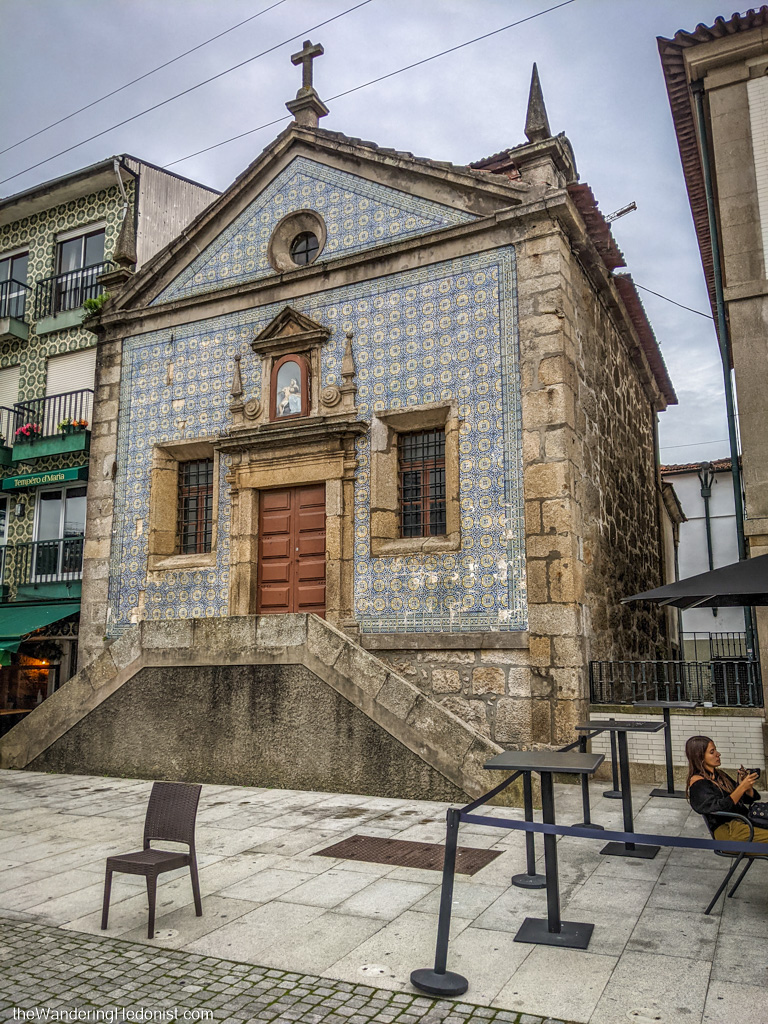
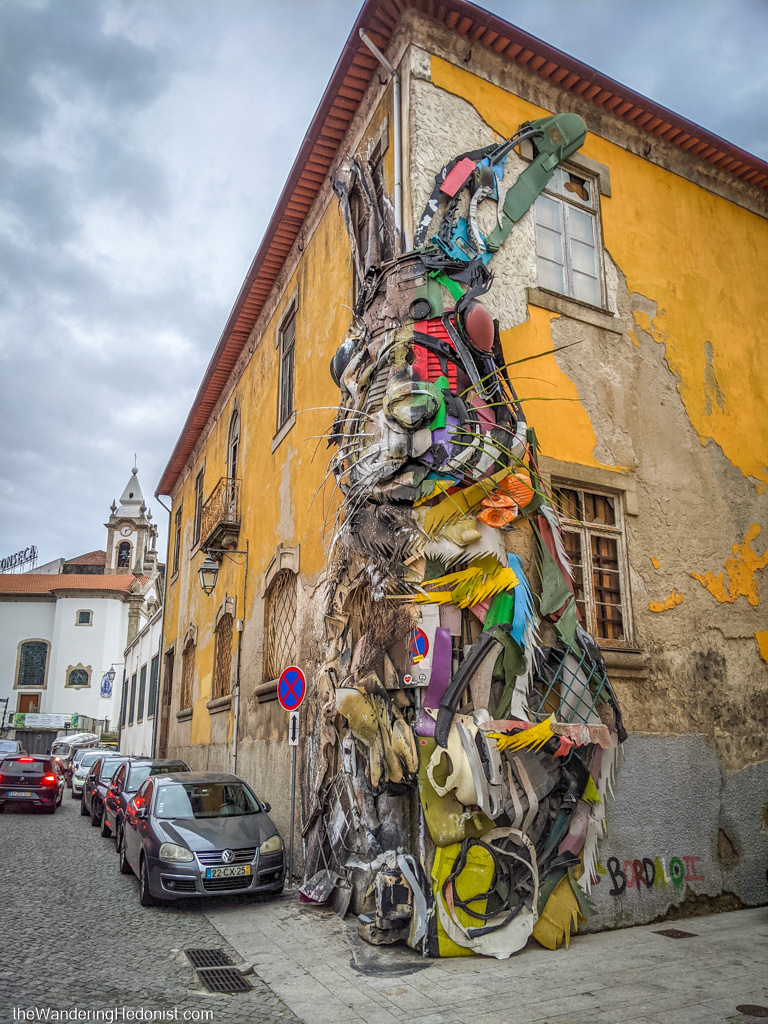
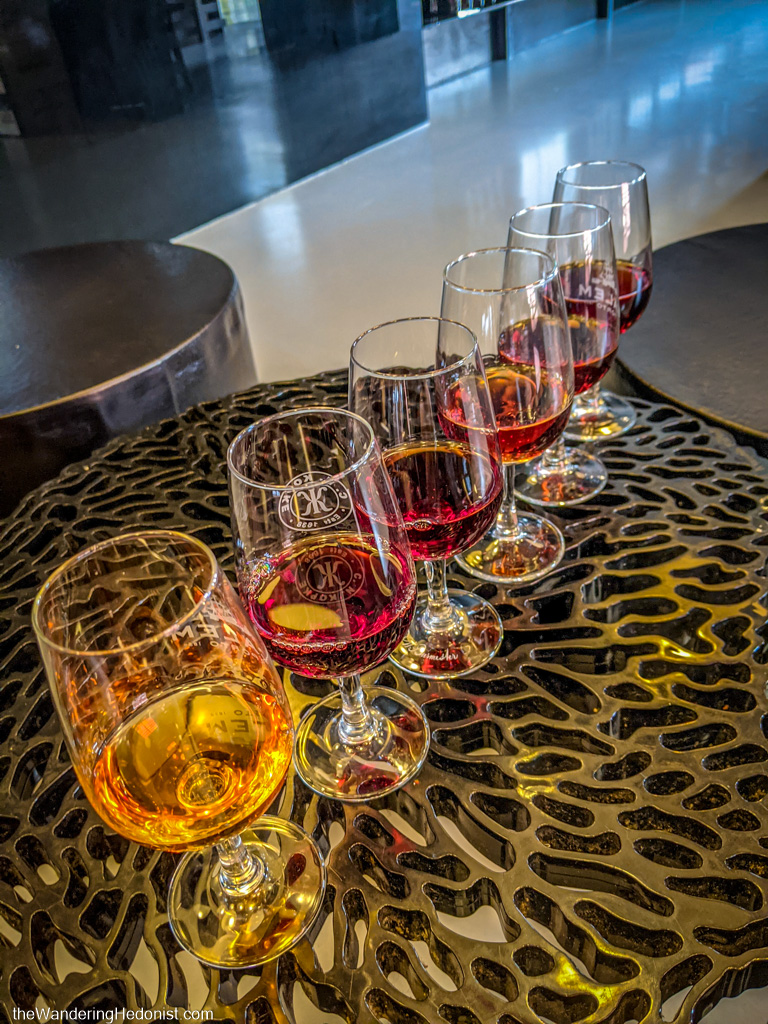
2003 white Kopke colheita, 2009 Kopke colheita, 1999 Barros colheita, 1985 Burmeister colheita, 1979 Barros colheita, 1974 Barros colheita
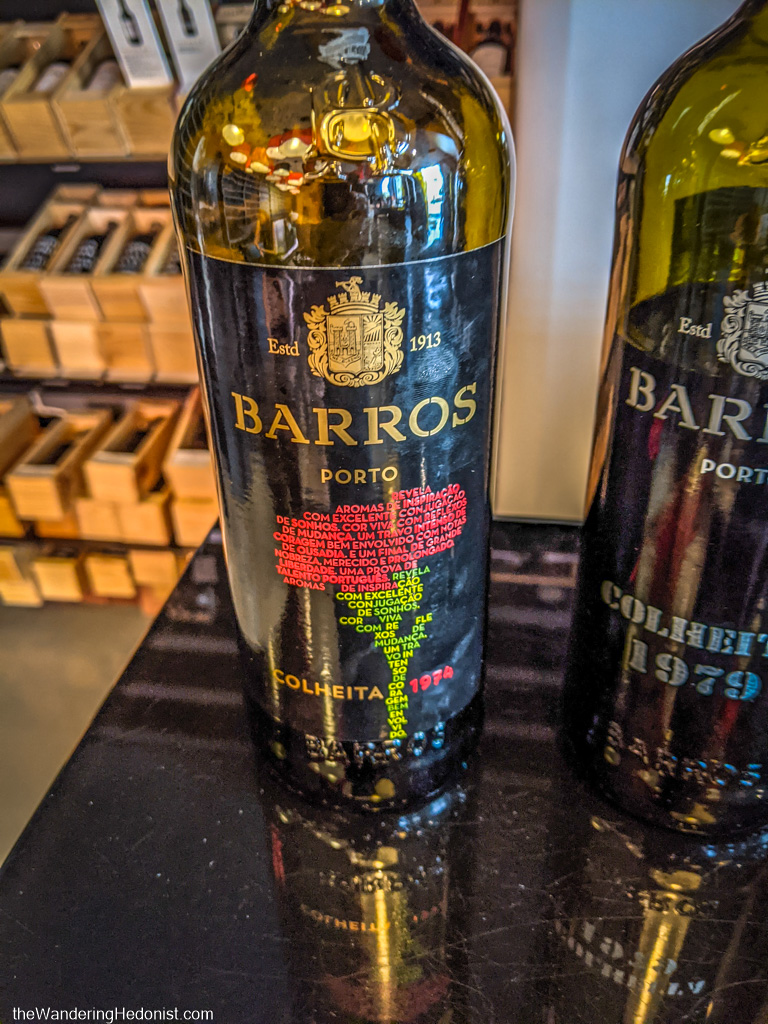
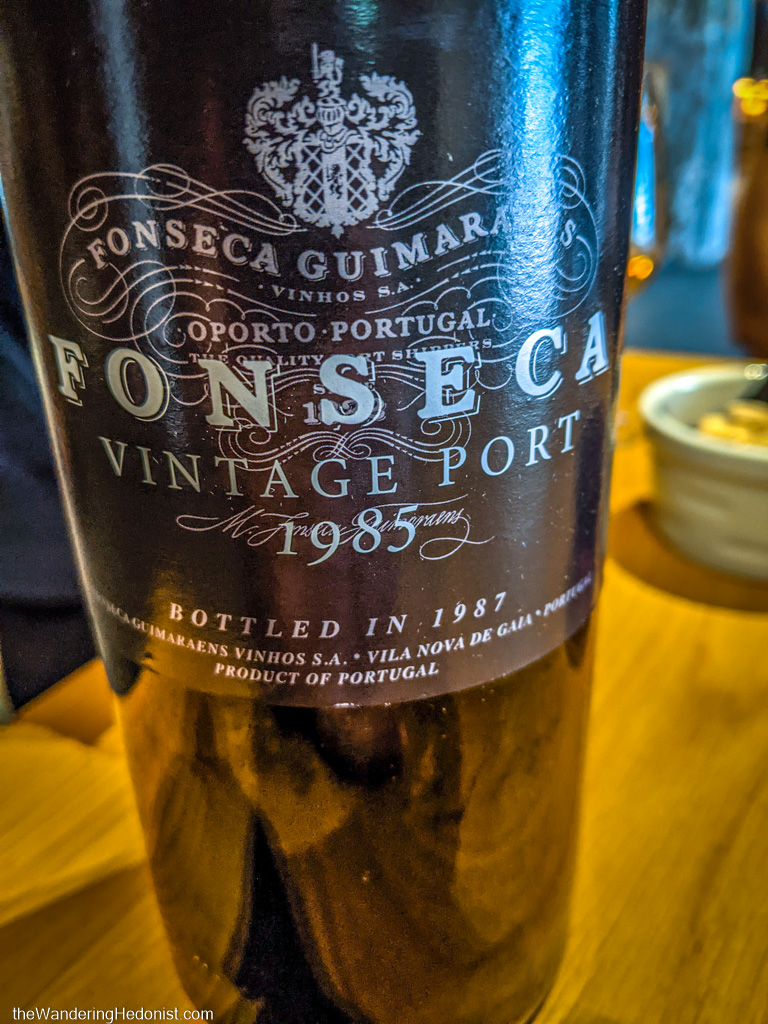
The Porto Cathedral
Honestly, I’ve walked around this cathedral dozens of times but never went inside. Katy’s Camino started here so after we picked up her passport we took a look around inside and it was pretty cool. Those impressive blue tile murals behind gothic courtyards. Definitely worth taking a peek.
Graffiti
Porto has long been one of my favorite graffiti towns. I’ve mentioned it here in a previous post about Spain and Portugal street art. You’ll find an endless variety of lively street art throughout the city both tucked away and on full display. The city seems to welcome this kind of art and attracts many talented artists. I recognize artists from 8 years ago it was fun to see how their style had developed. Along with many new artists I had not seen. I have over a hundred images that I really liked but I’ll only add a few here (still probably too many). I’ll try to do a graffiti specific post when I have more time.

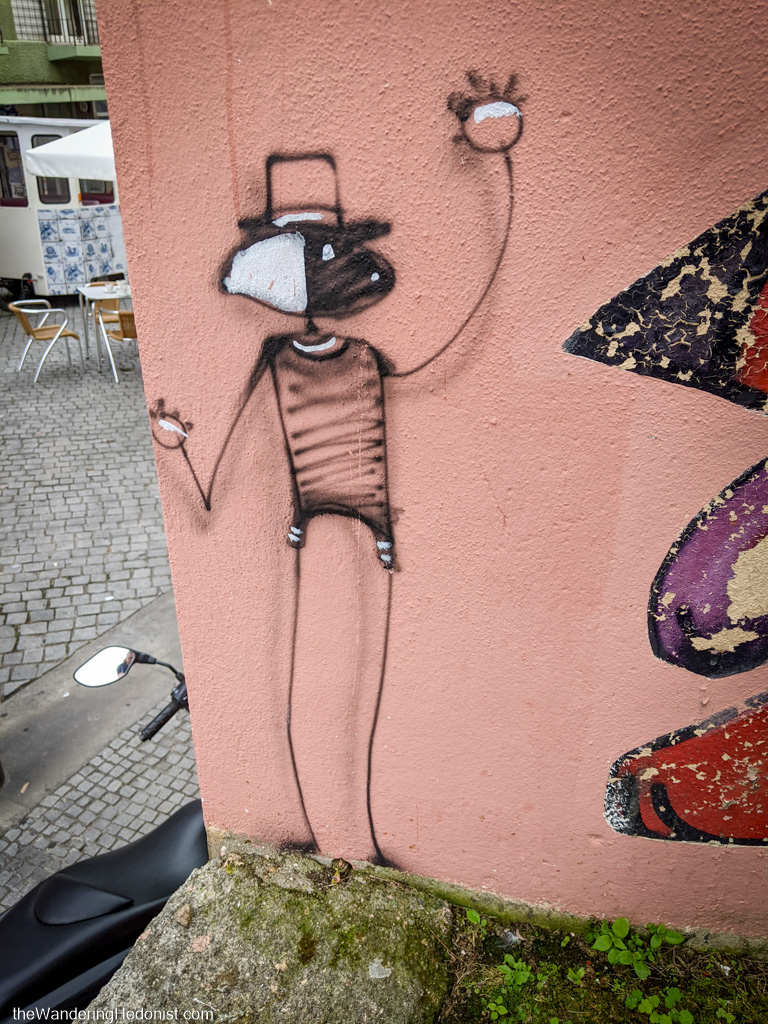
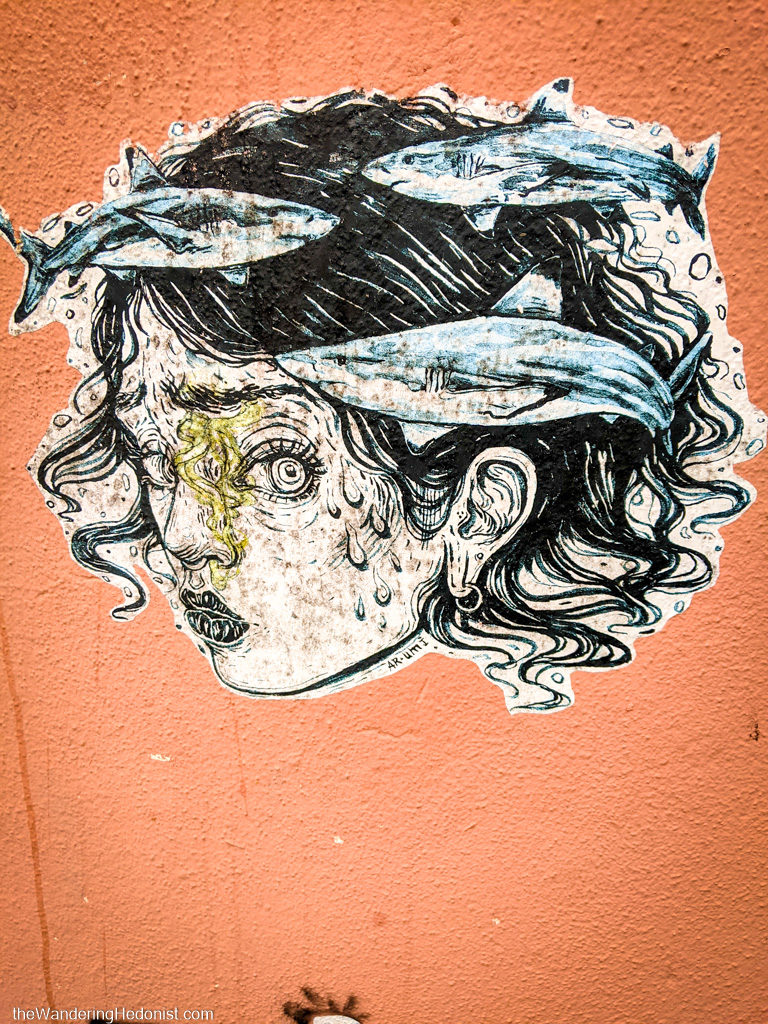


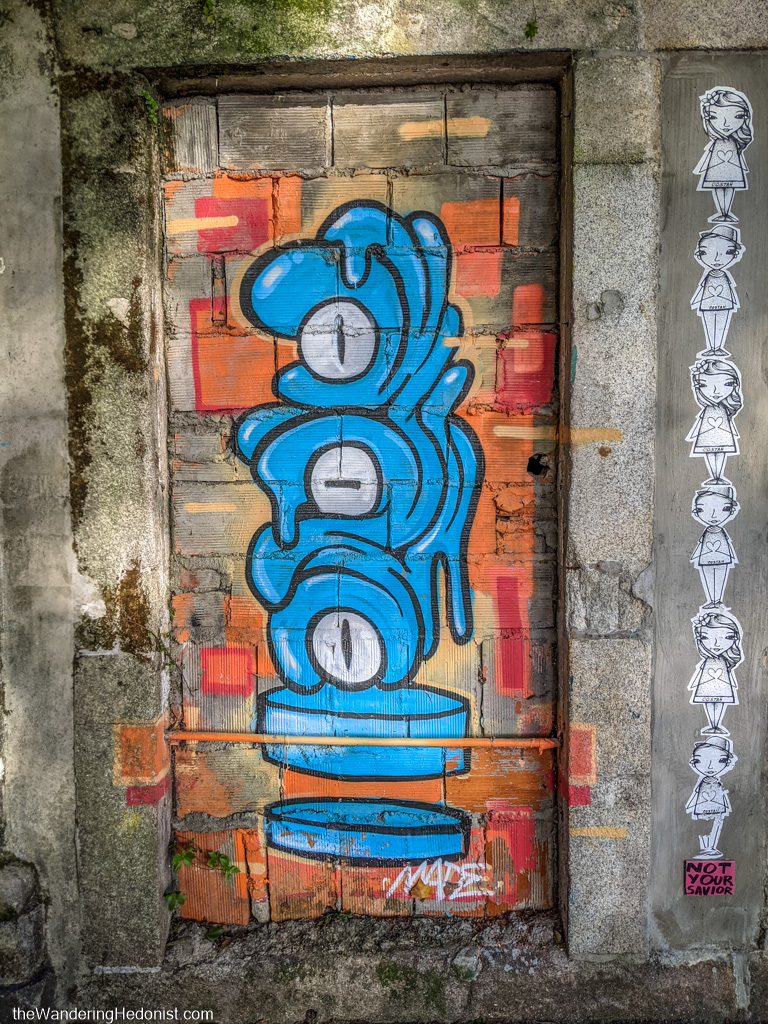
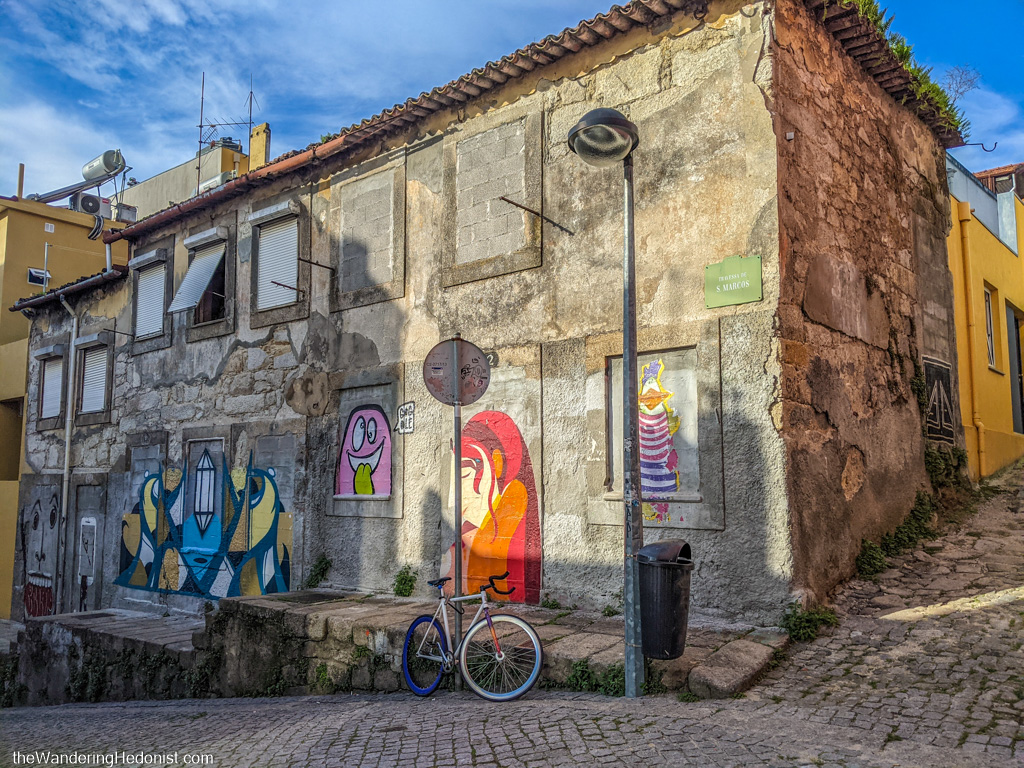

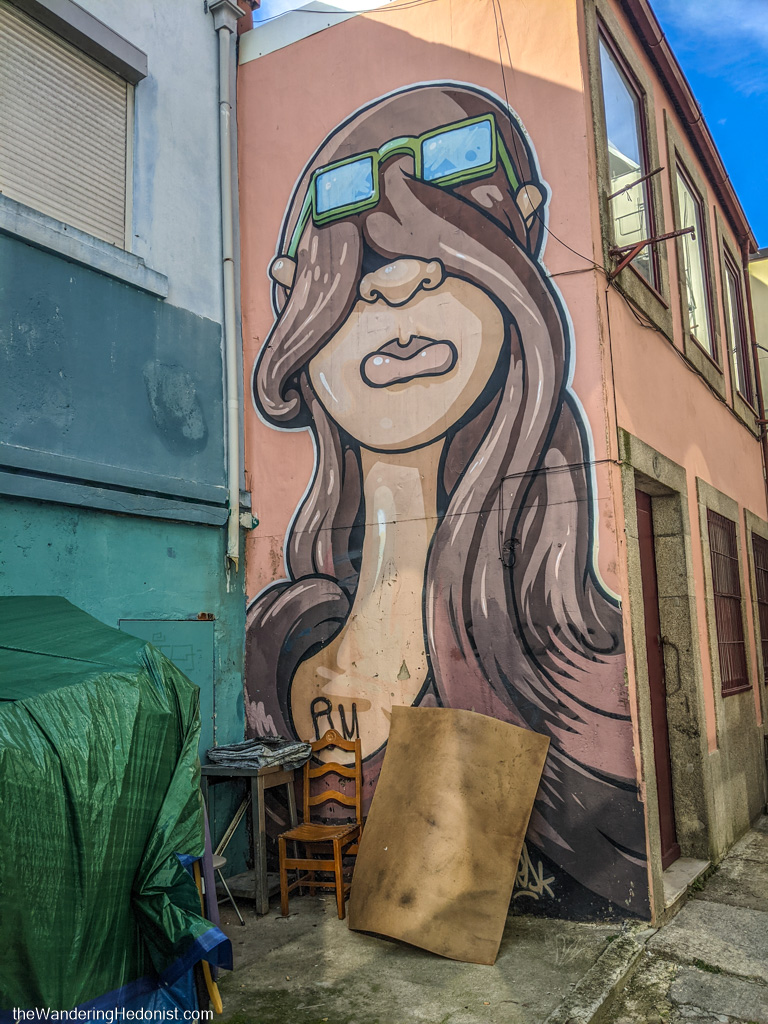




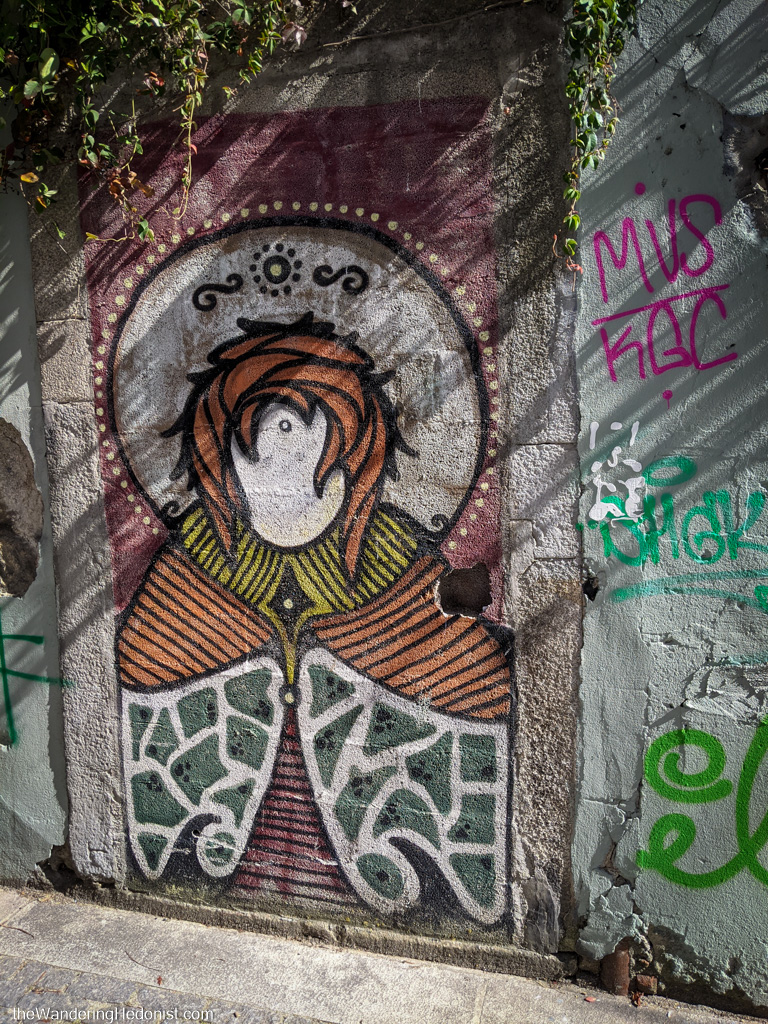



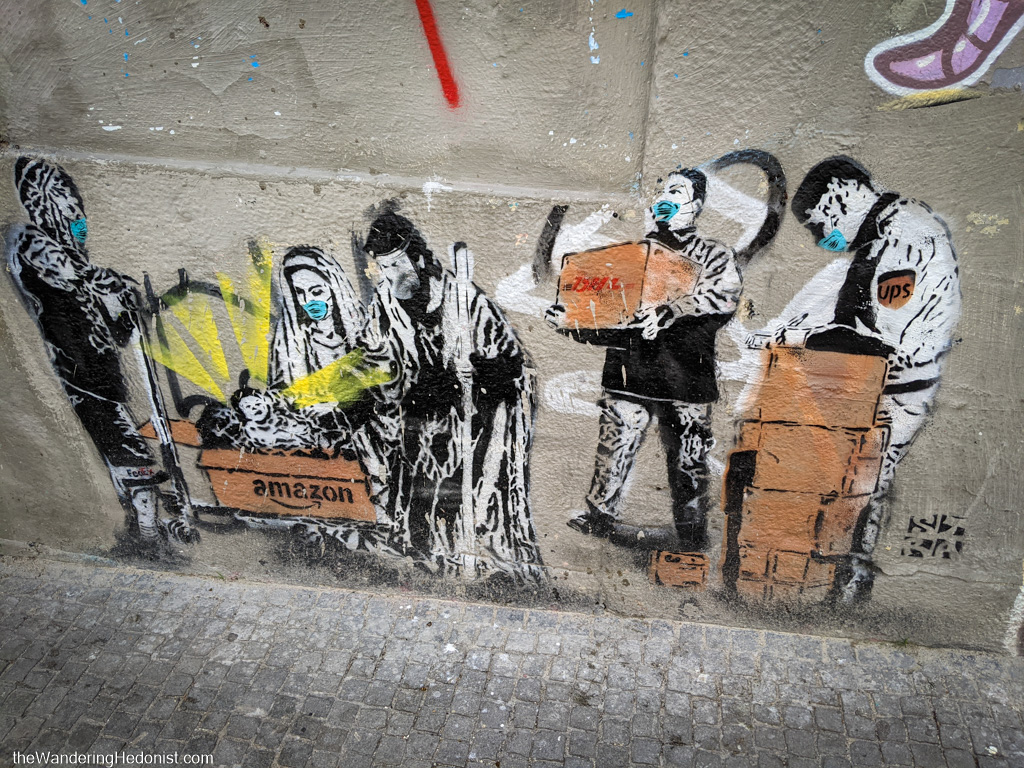
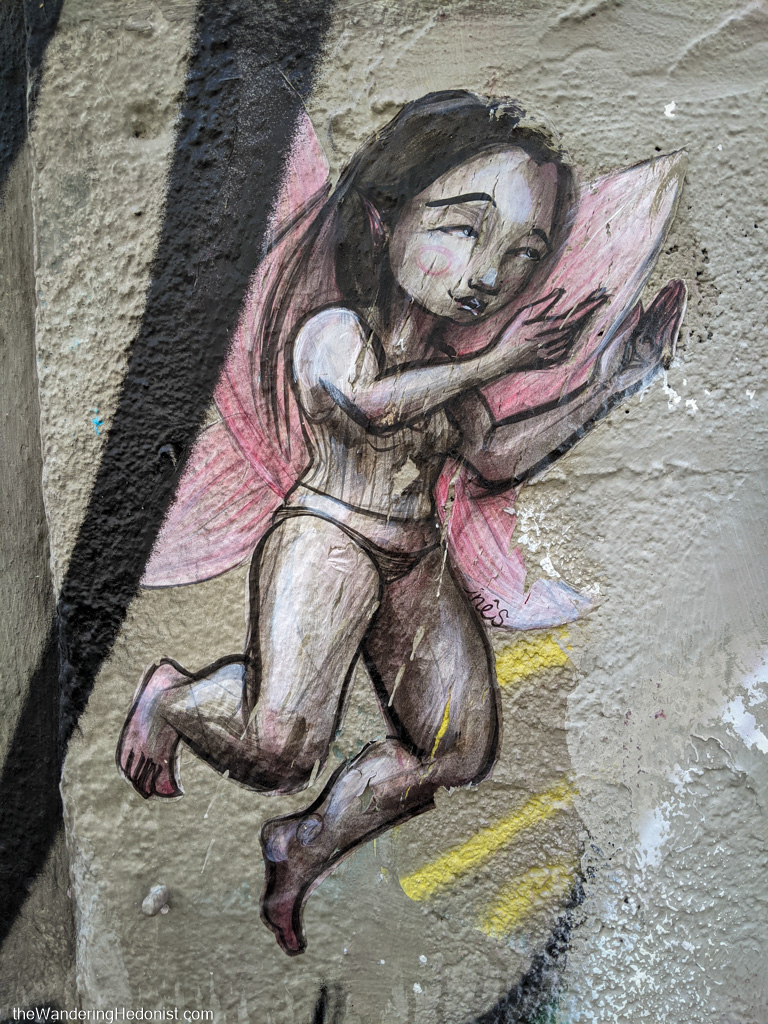

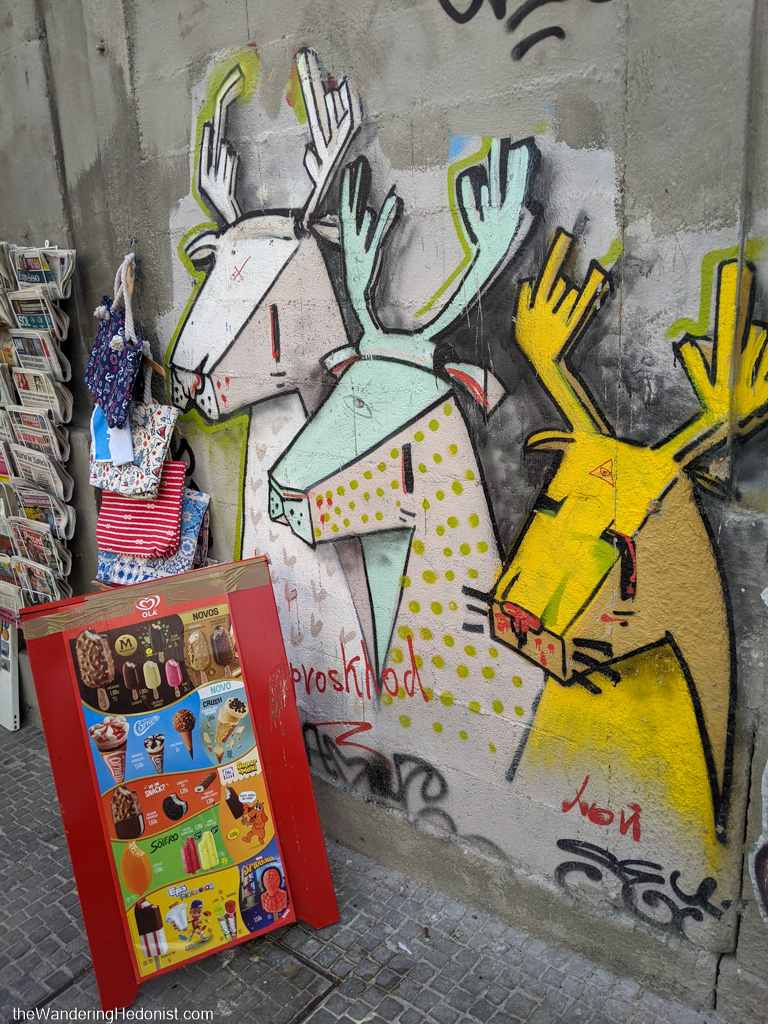





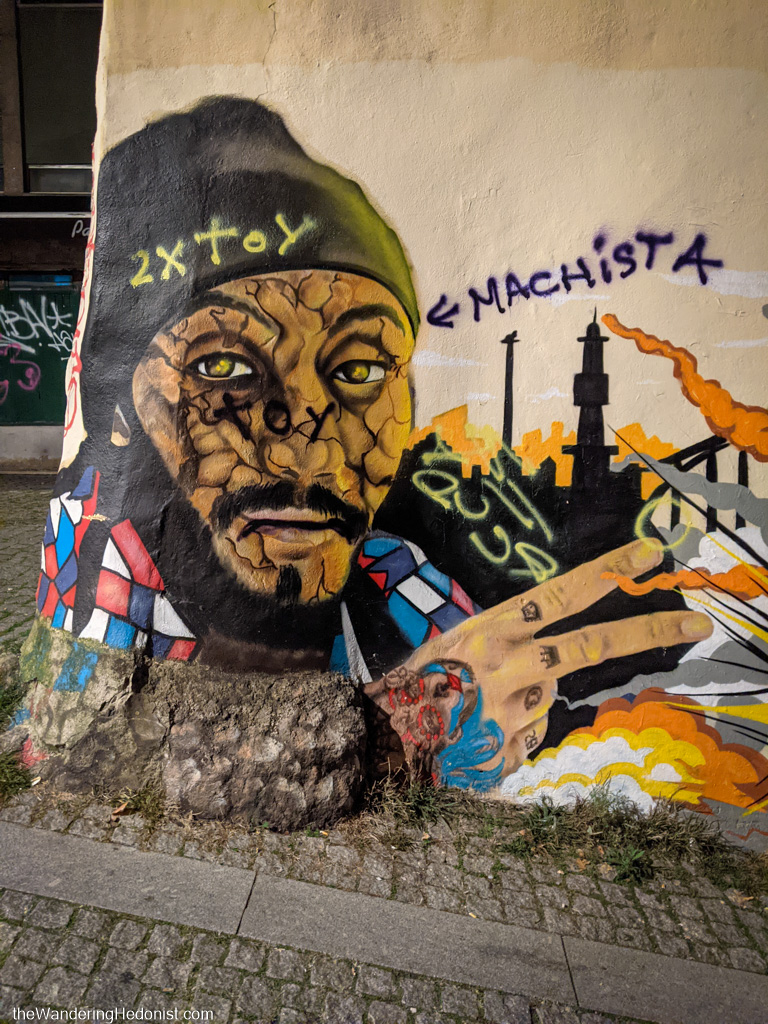

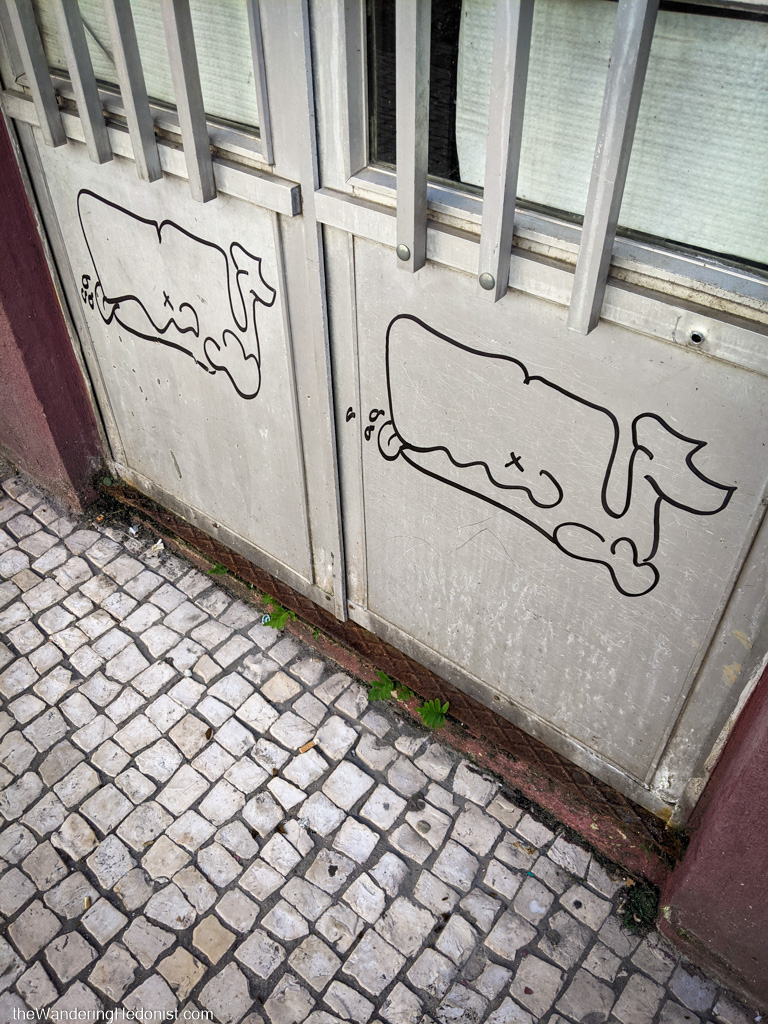

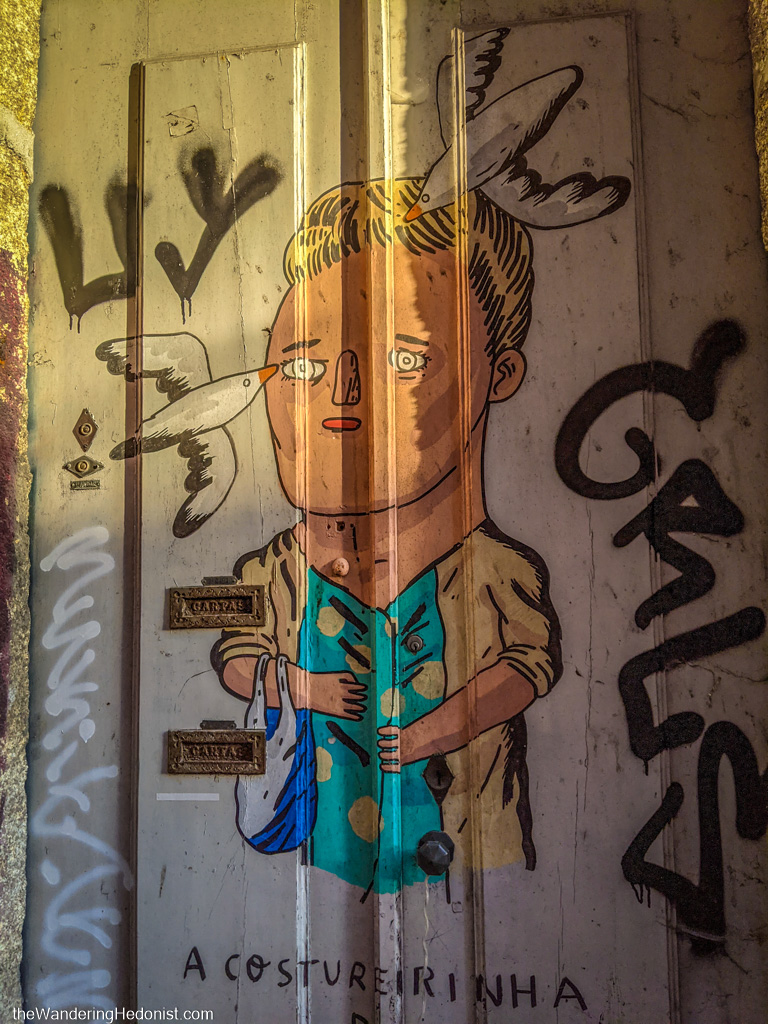
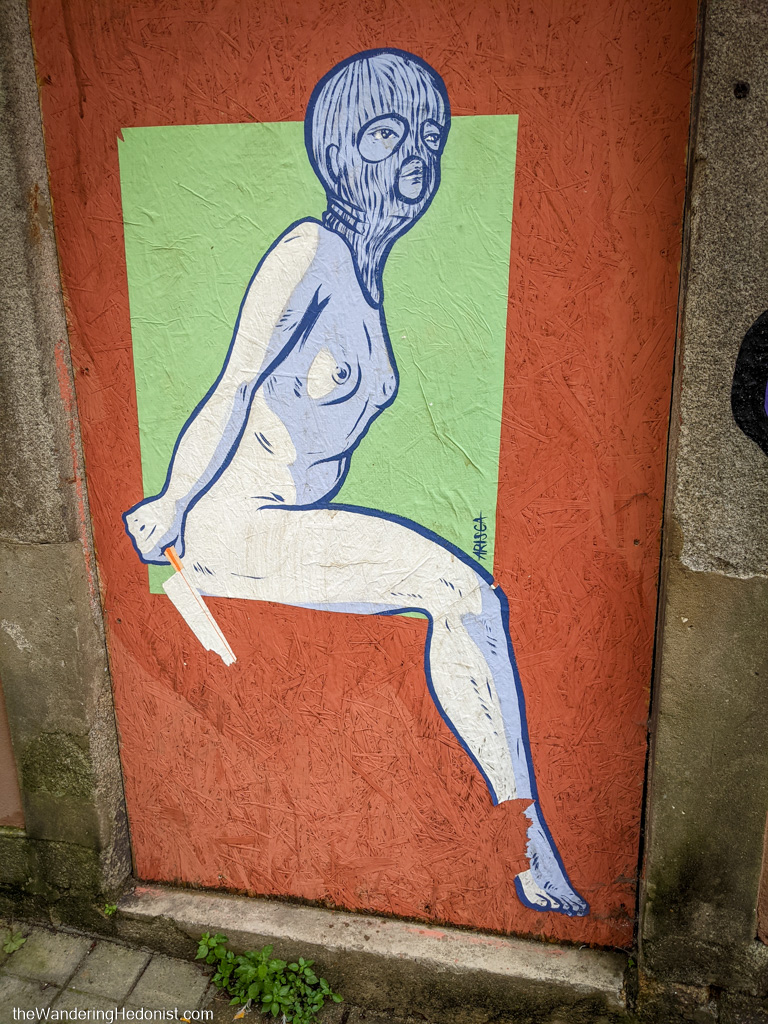



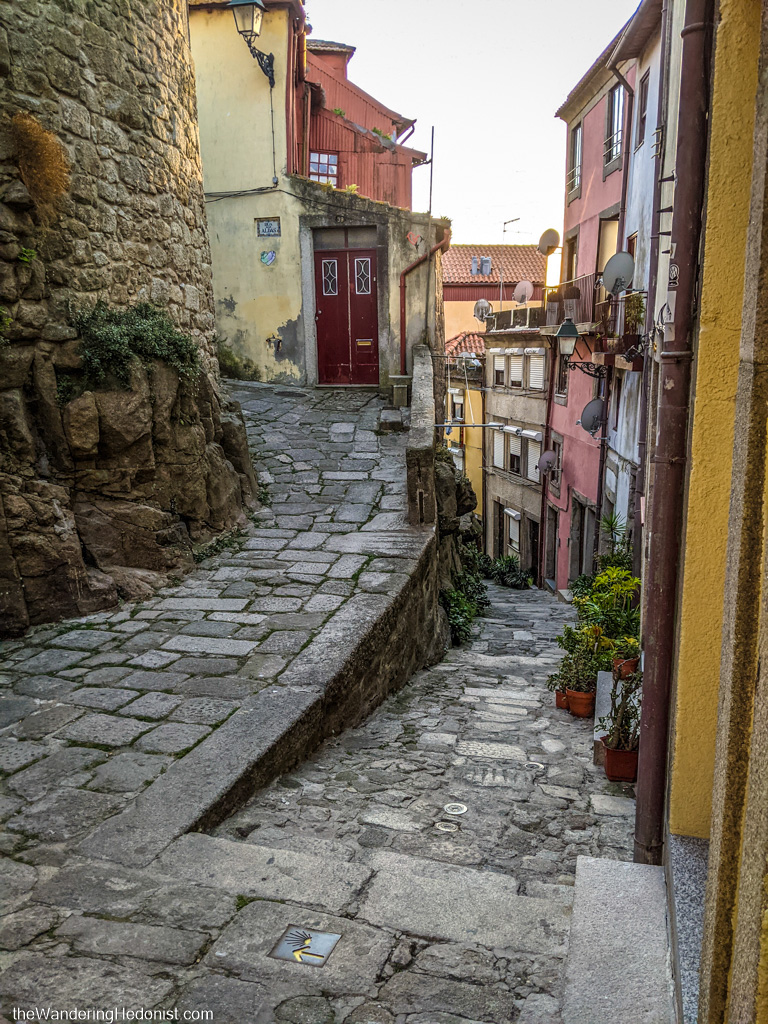




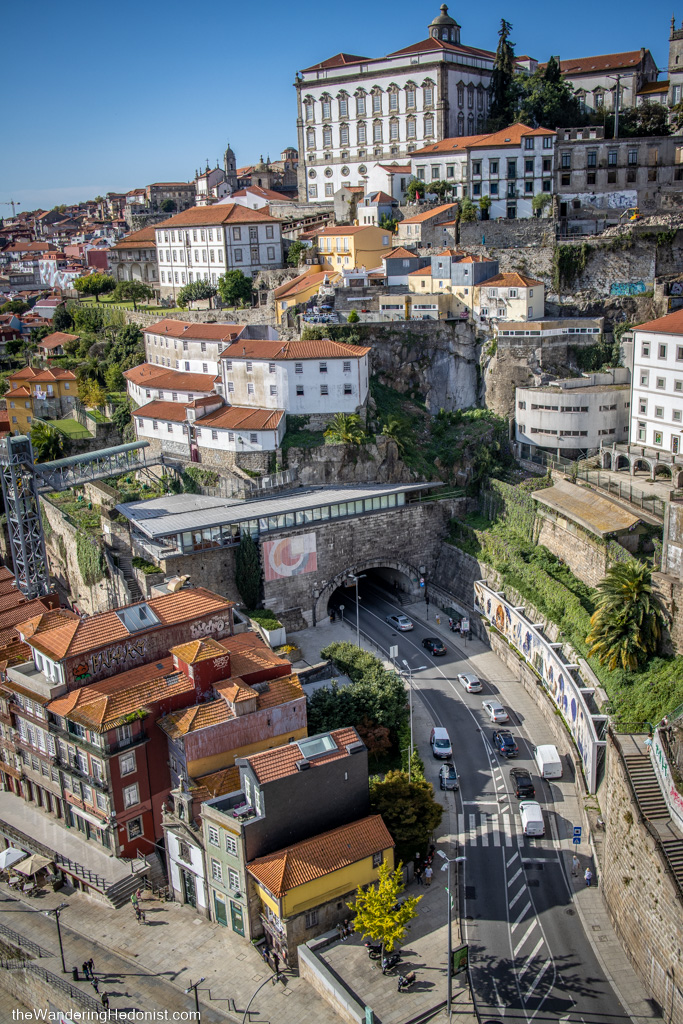




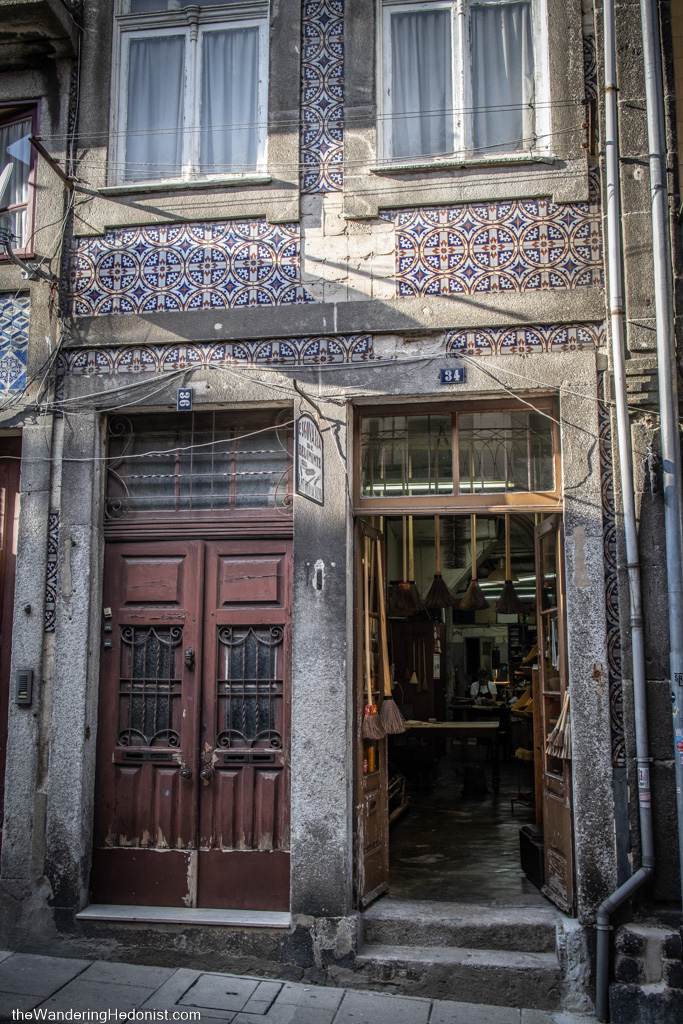

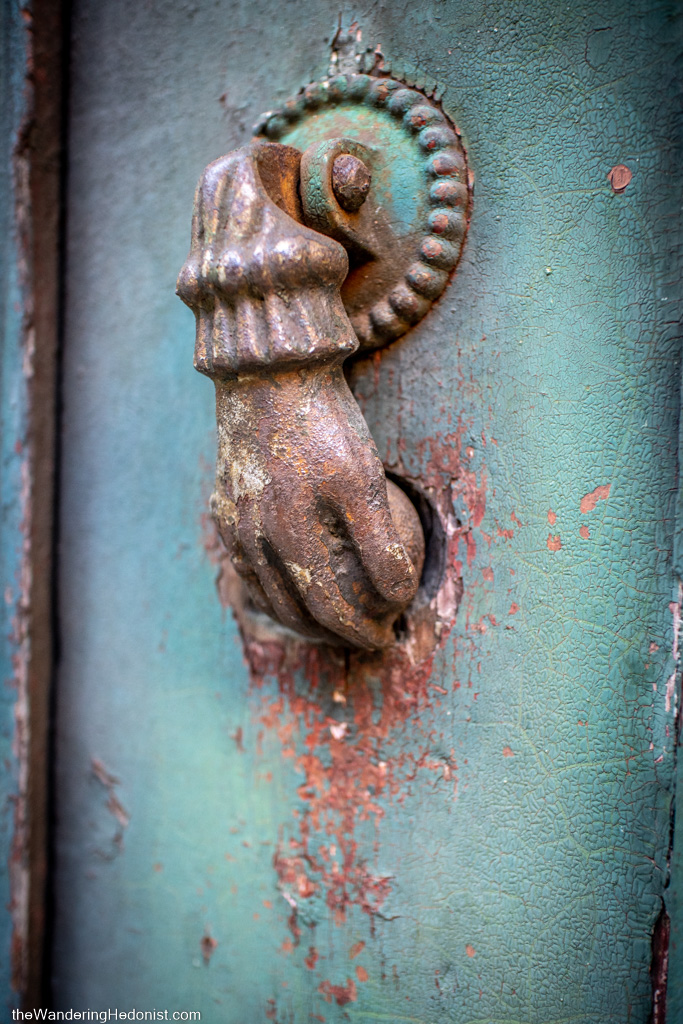


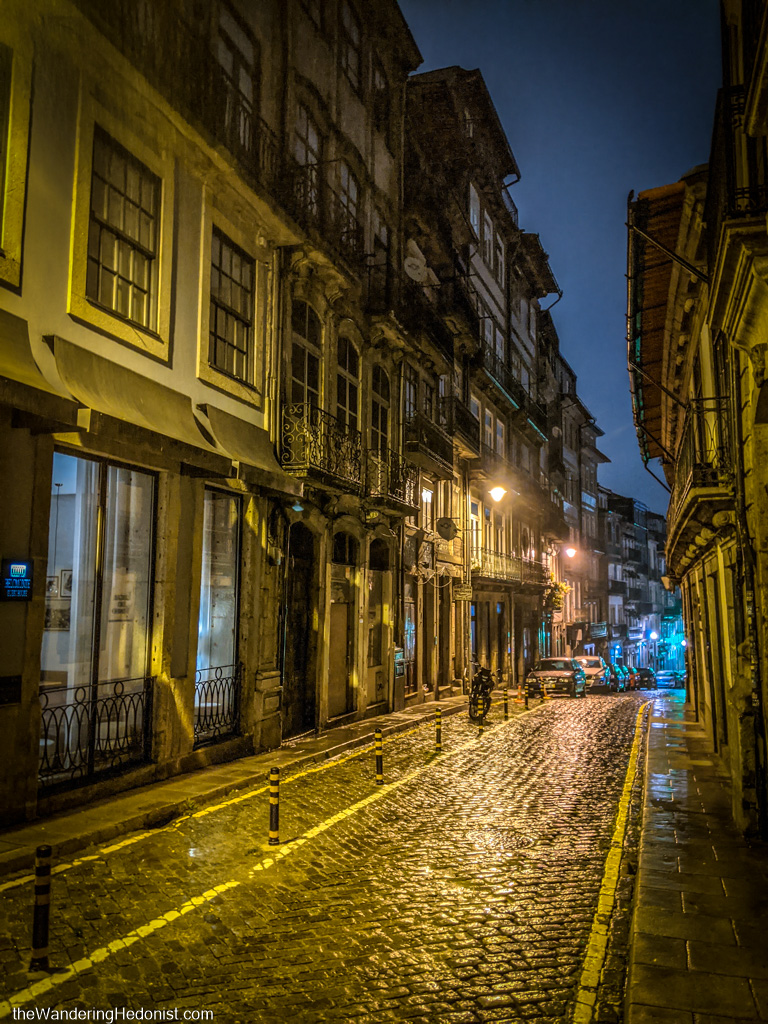

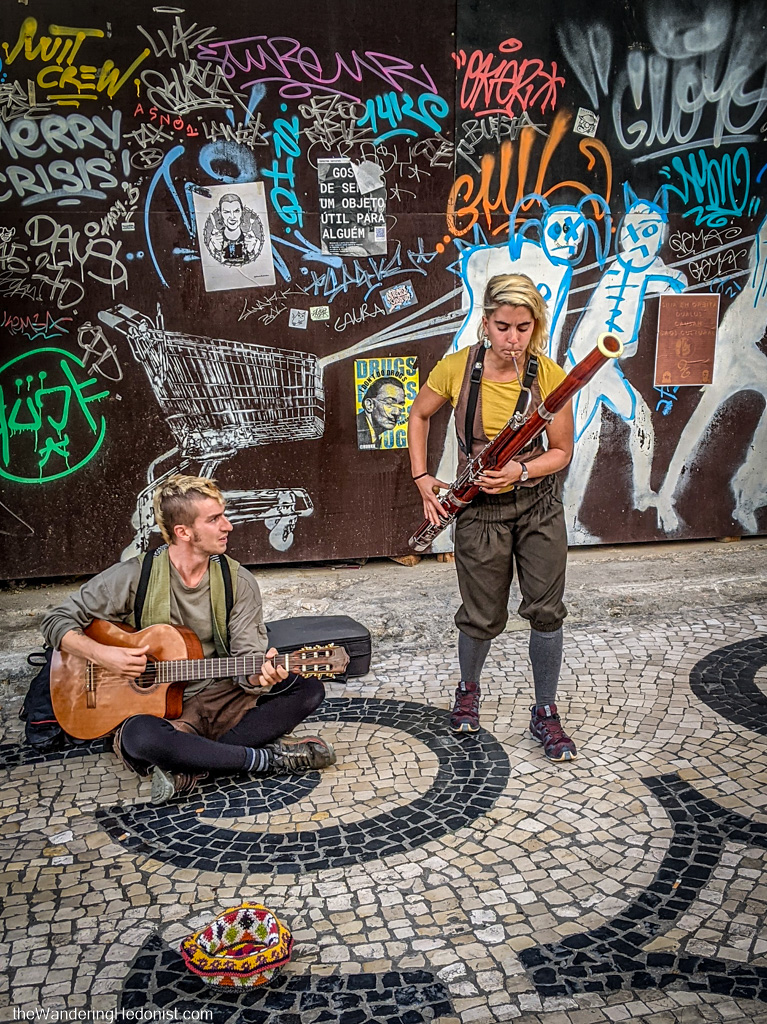
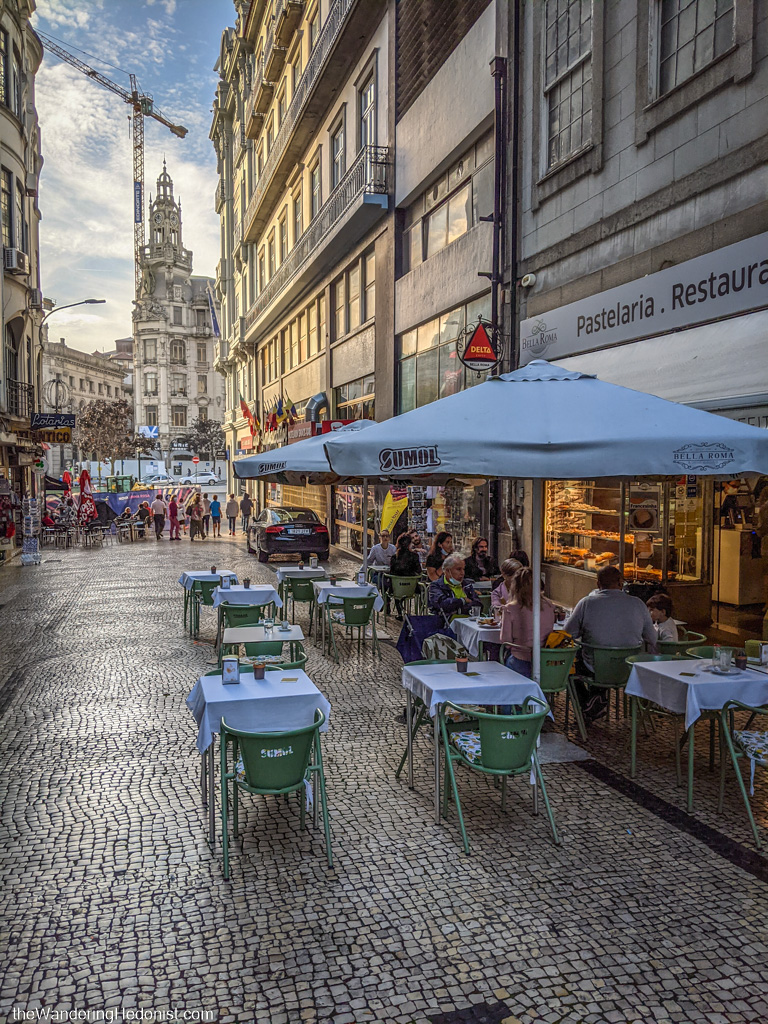

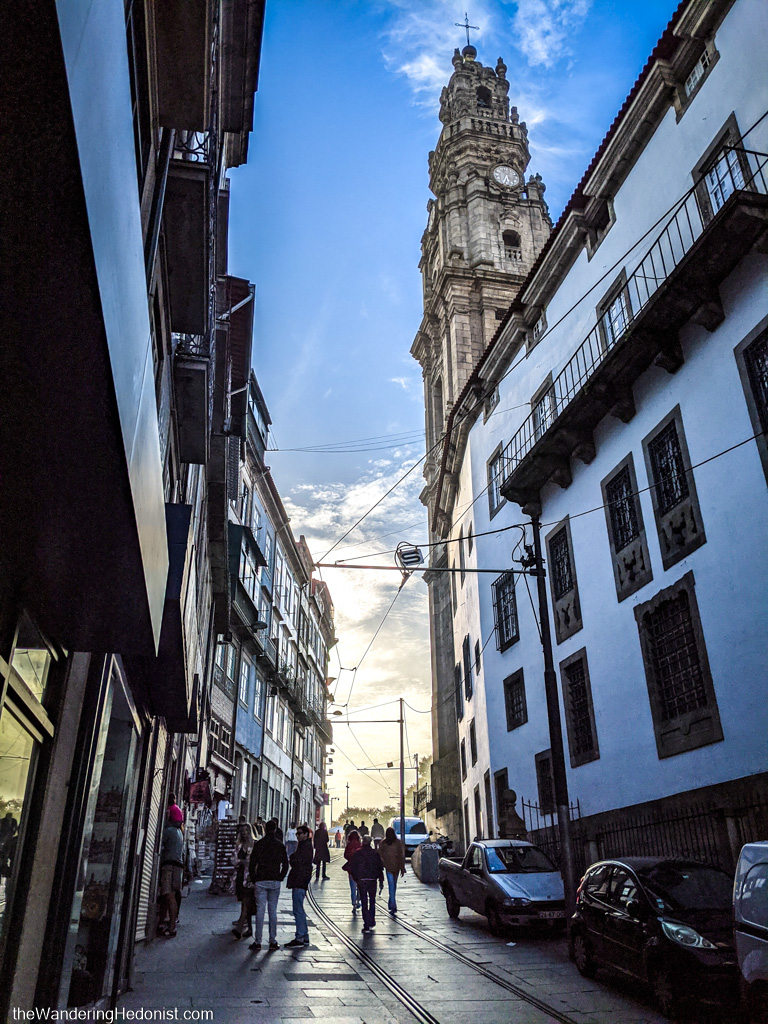



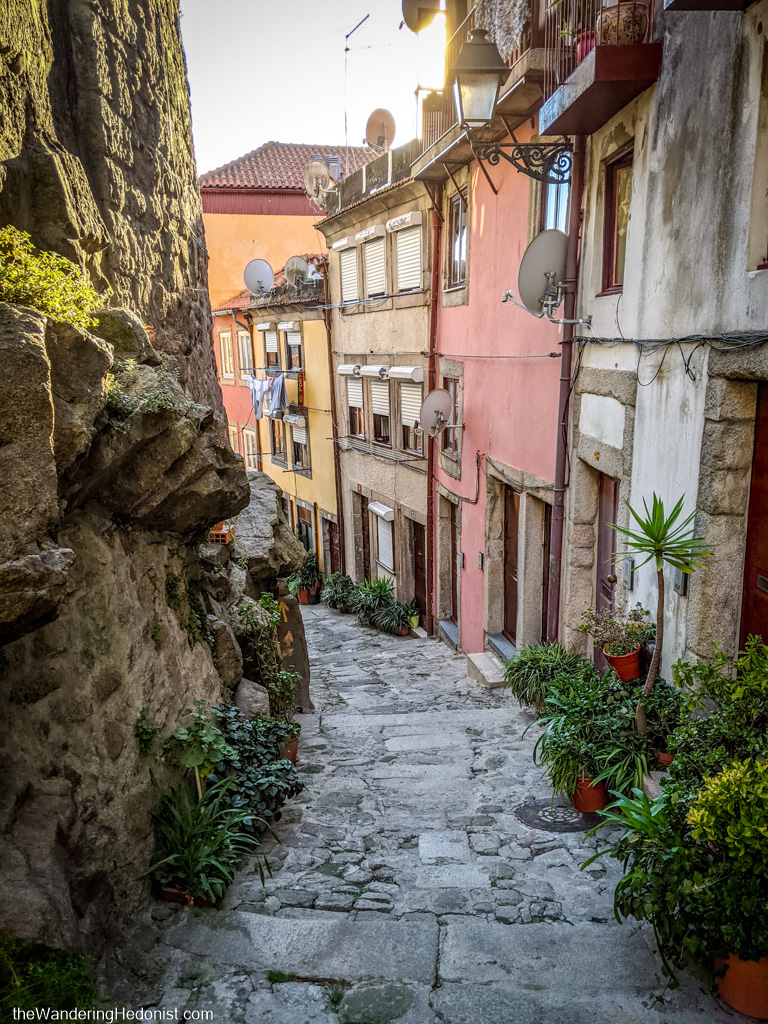
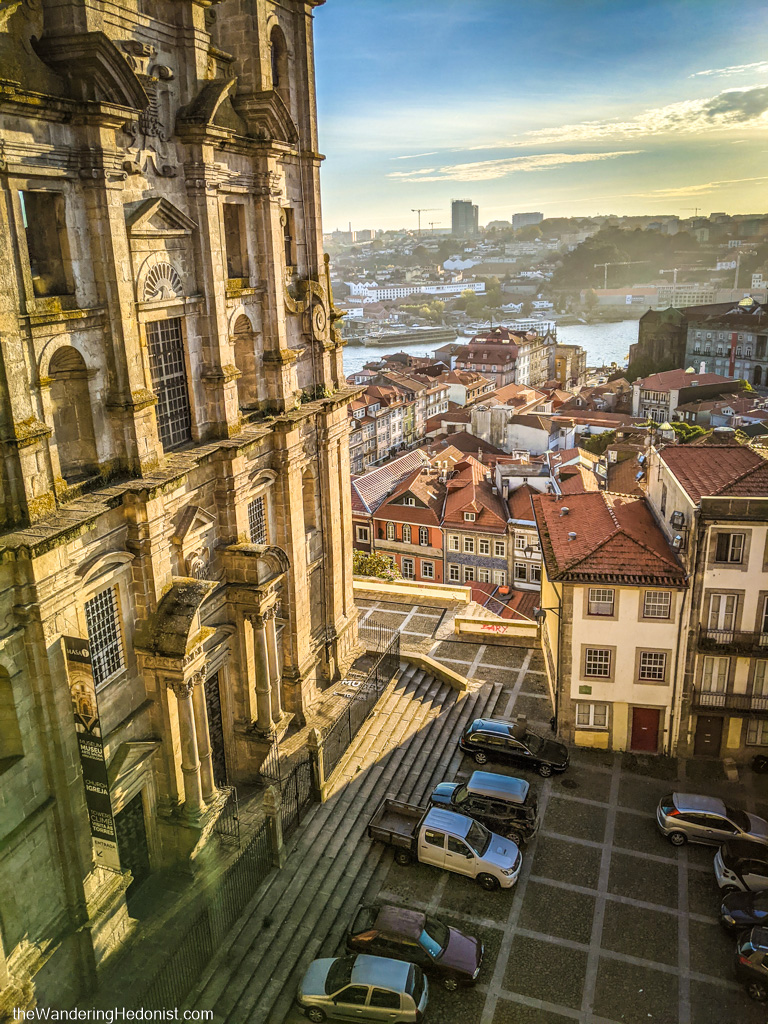


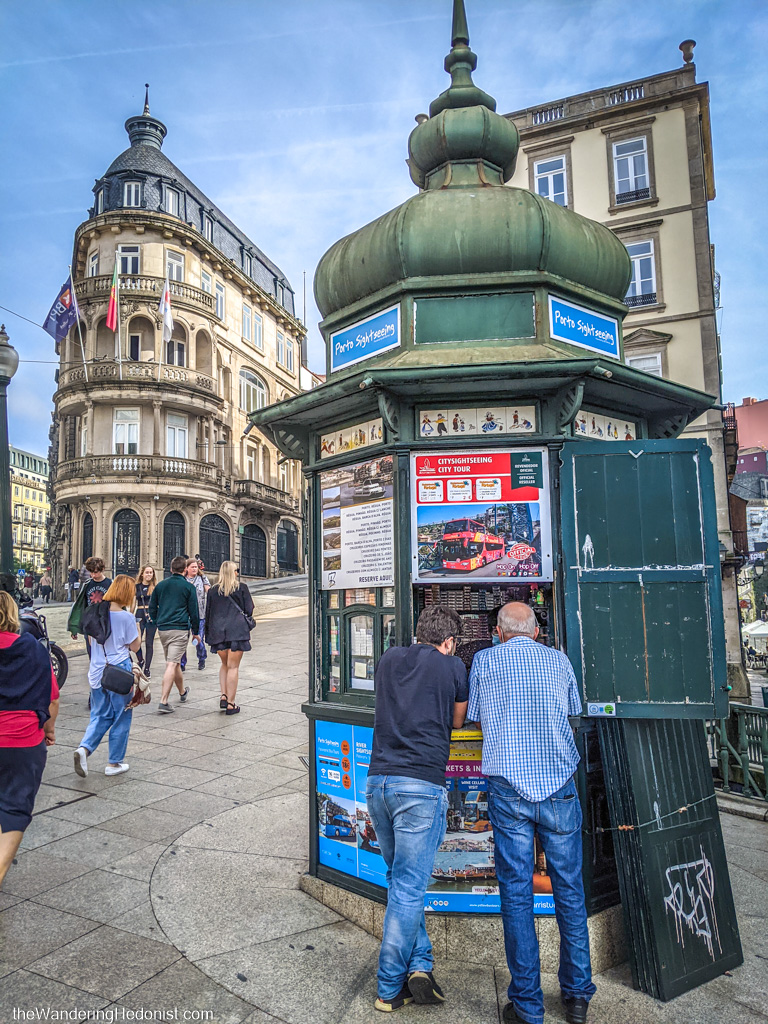
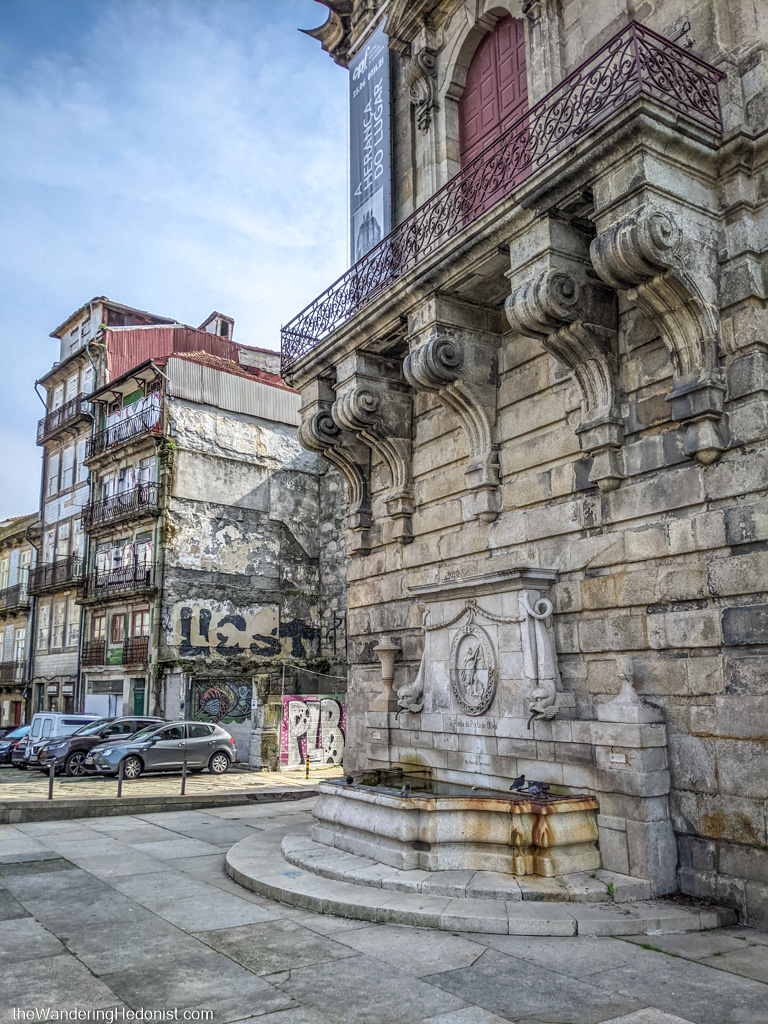
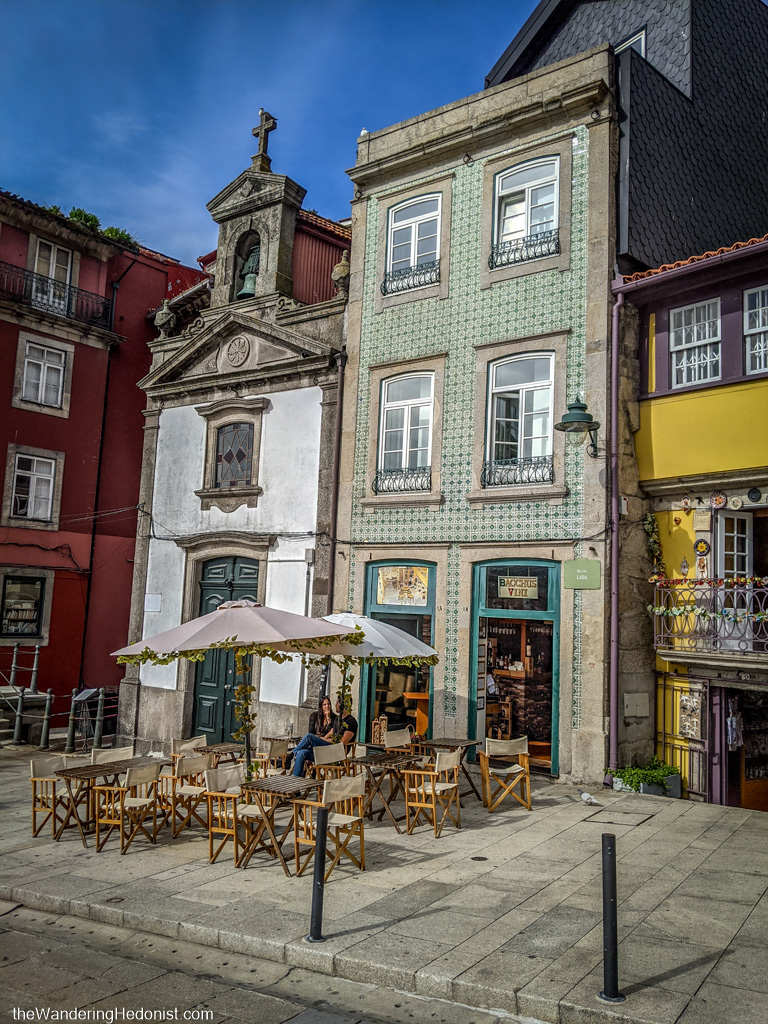


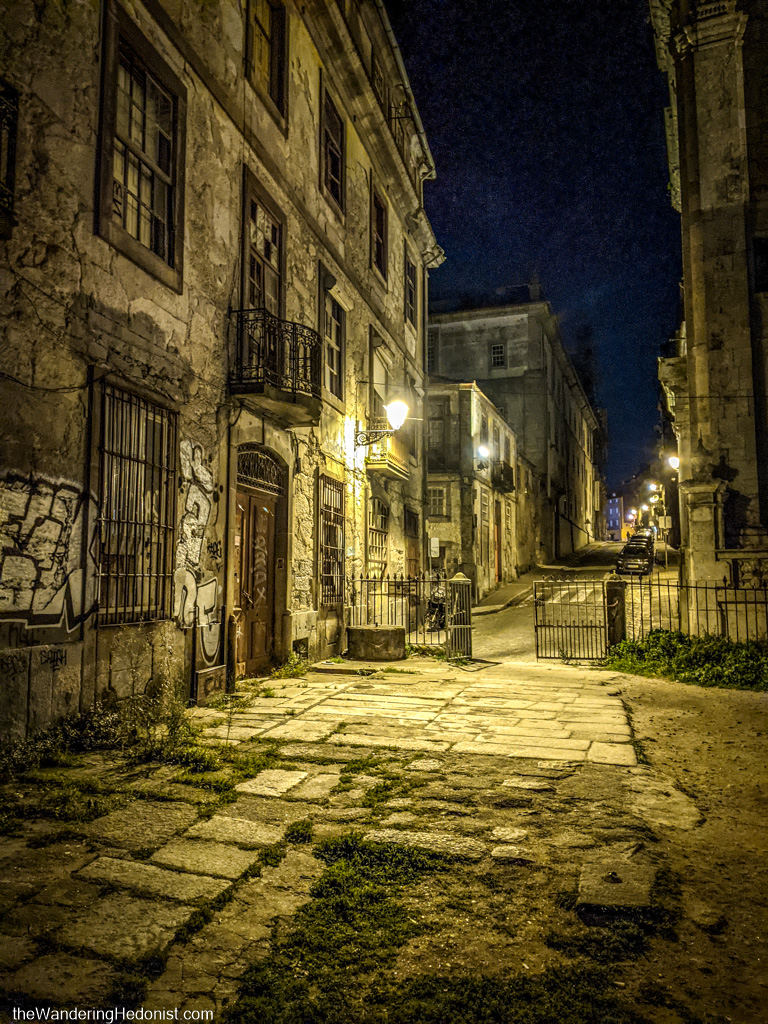
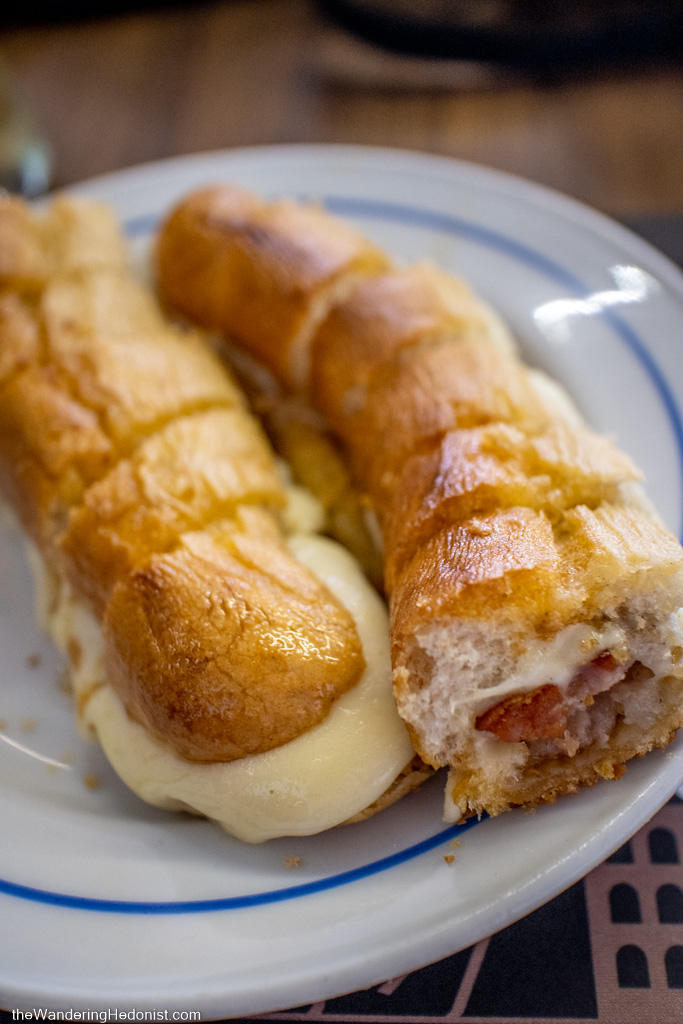










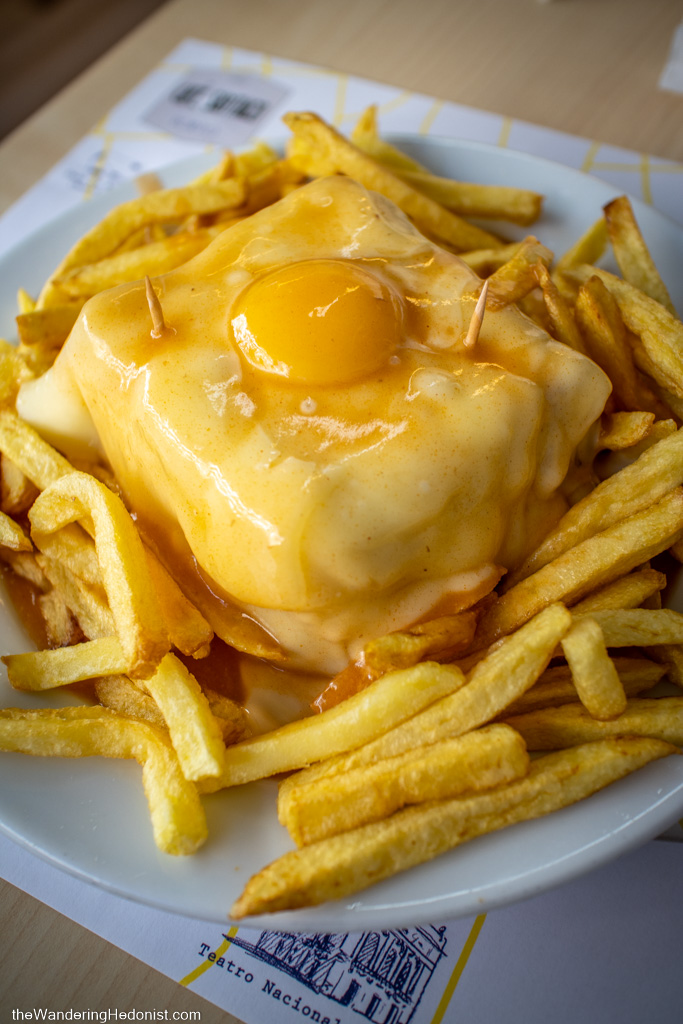
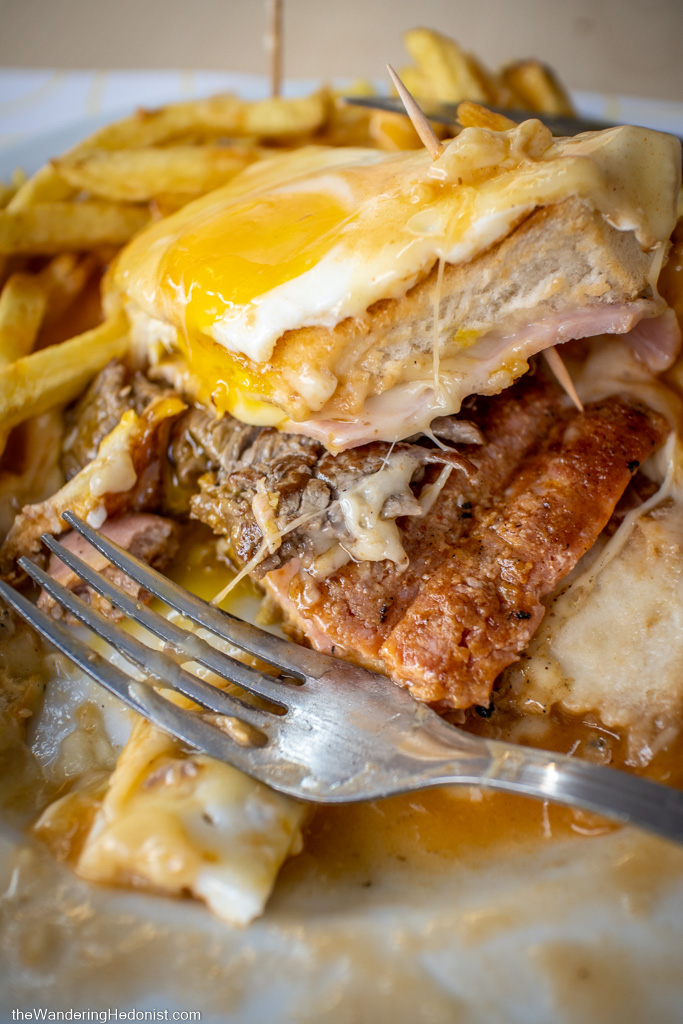
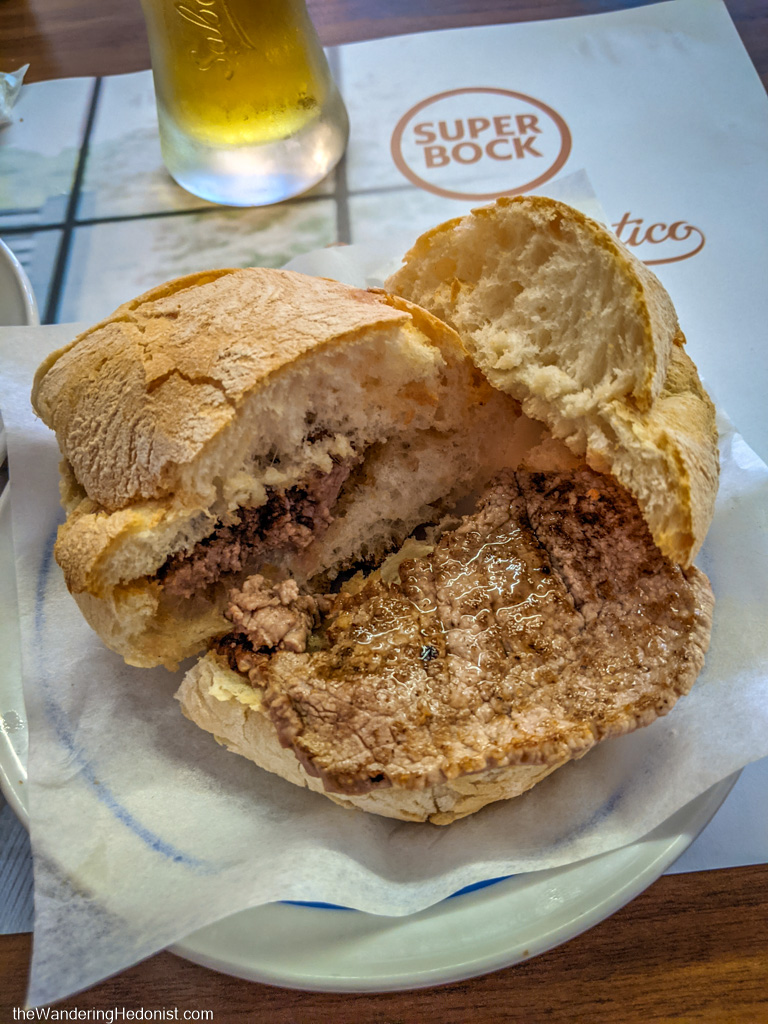


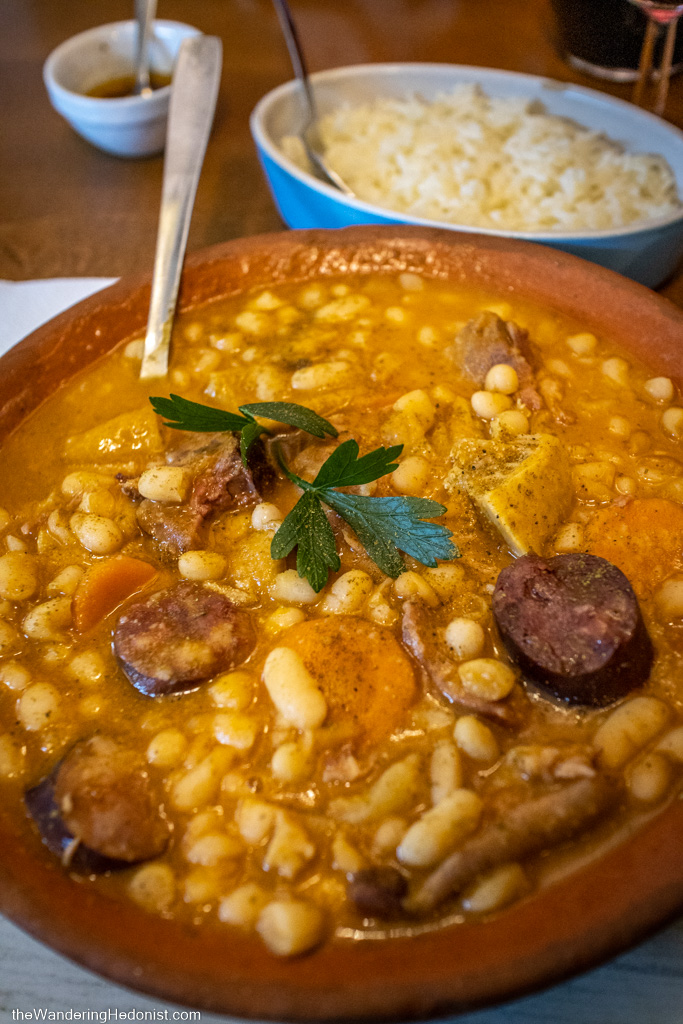
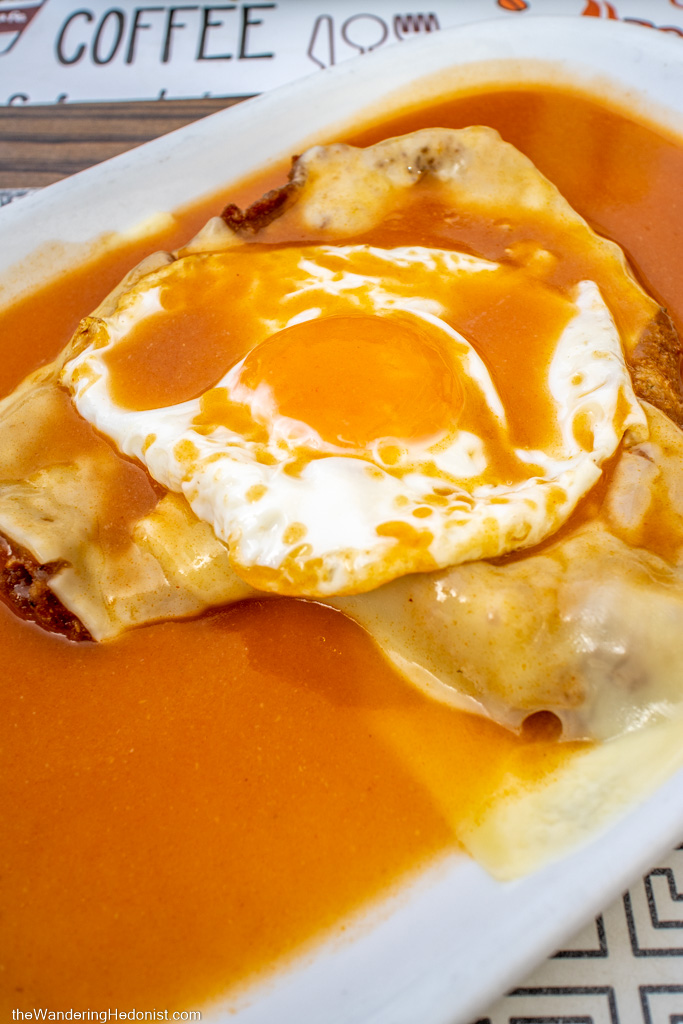

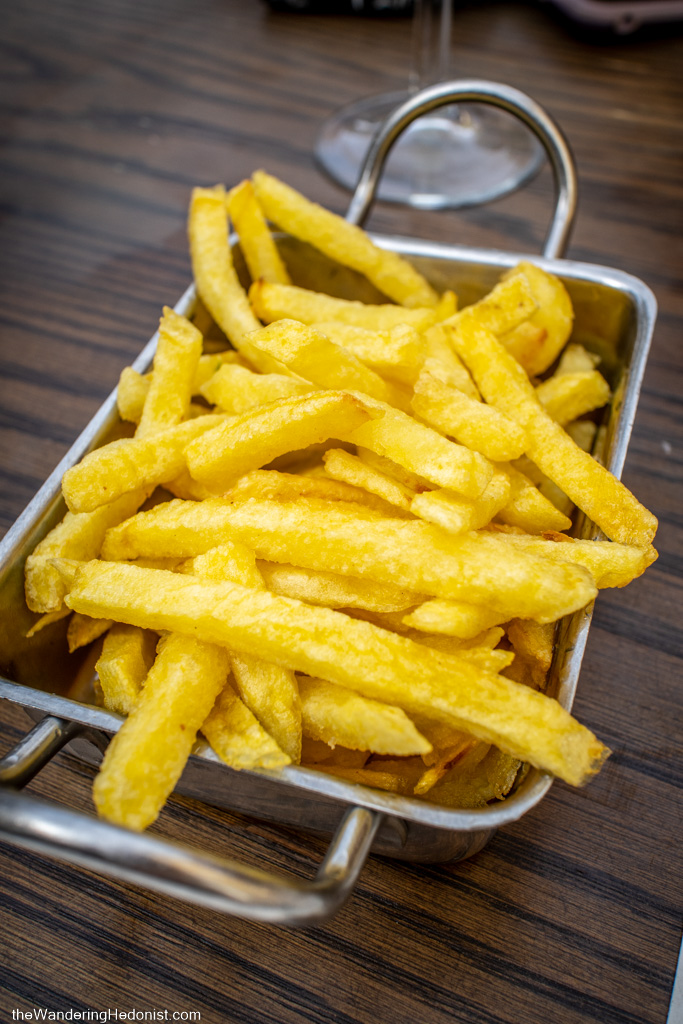

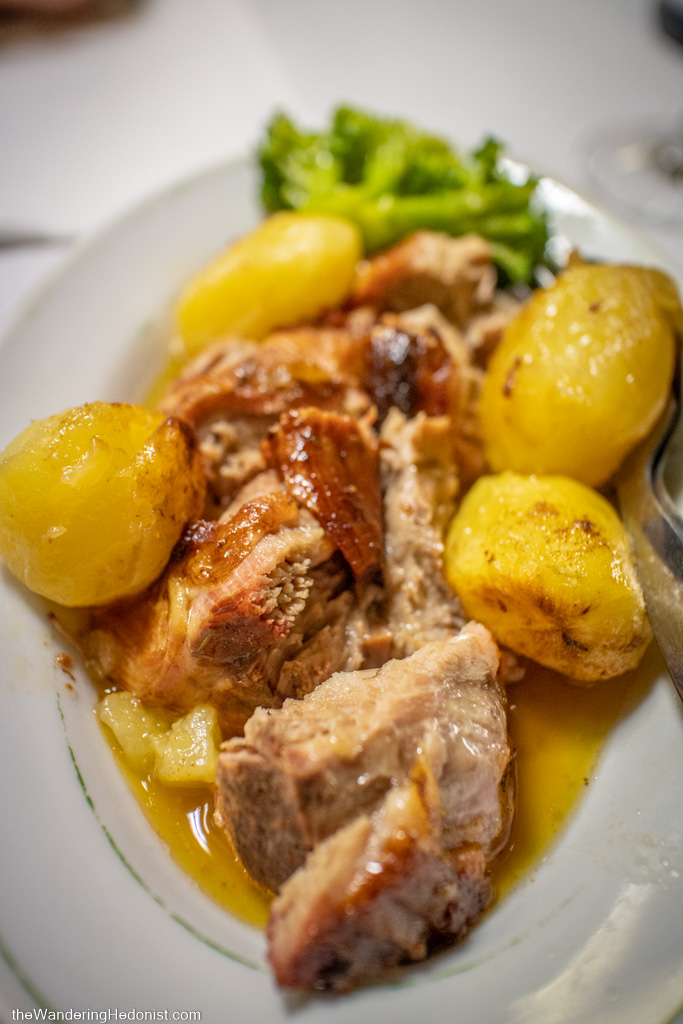
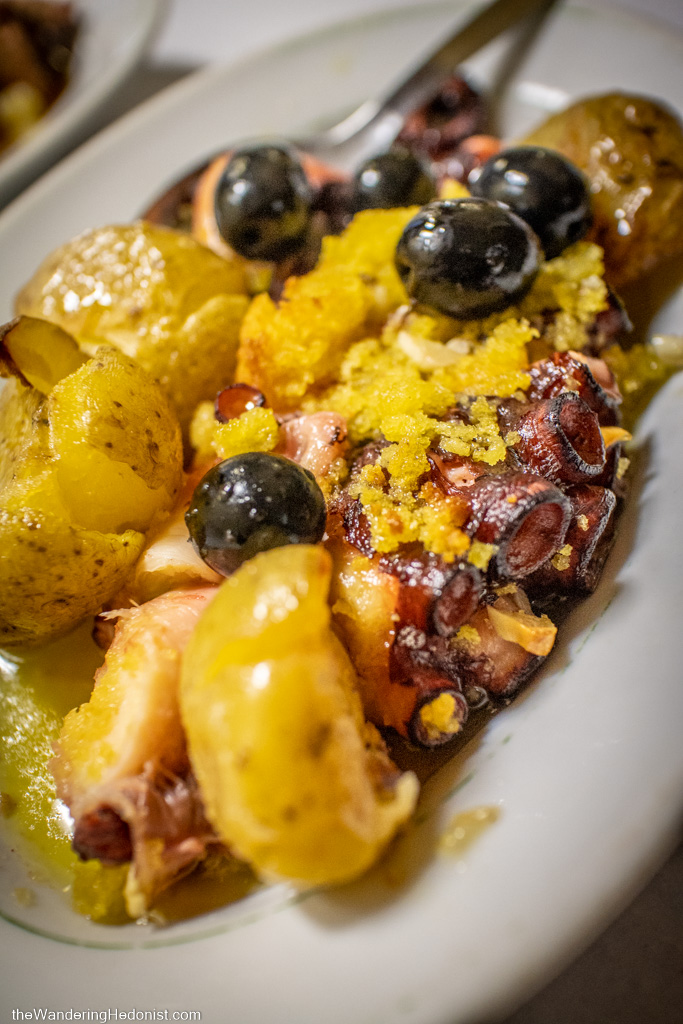
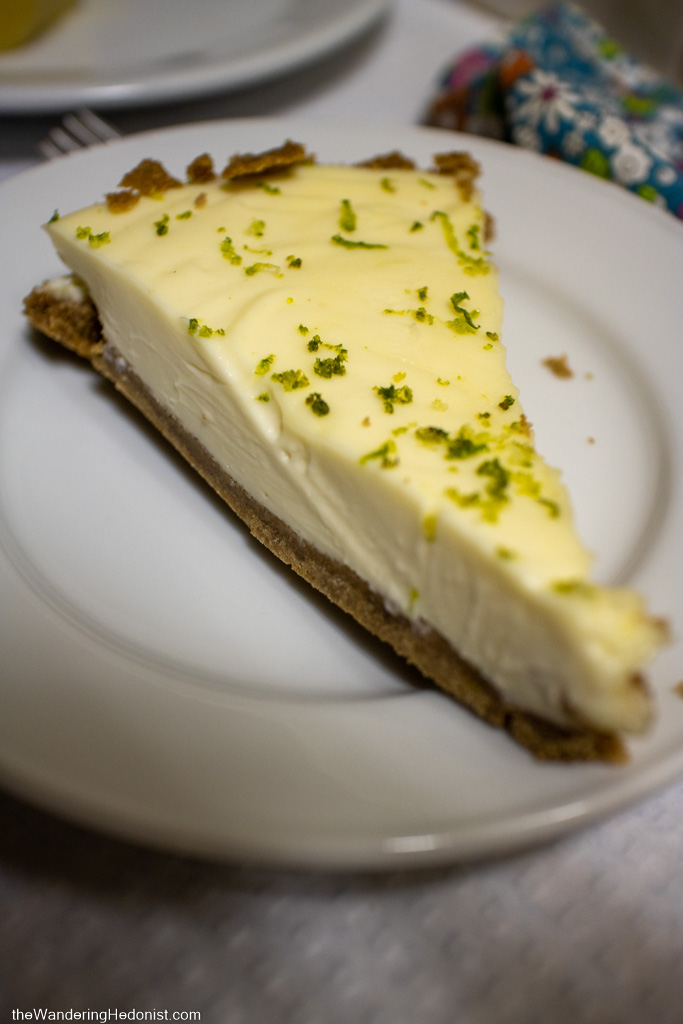
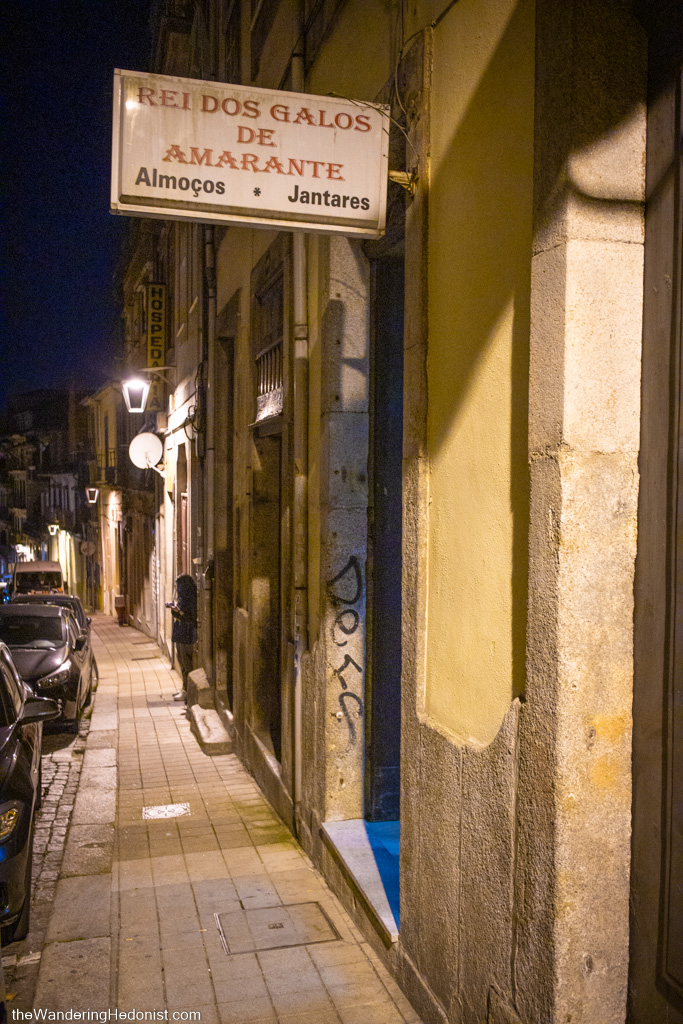

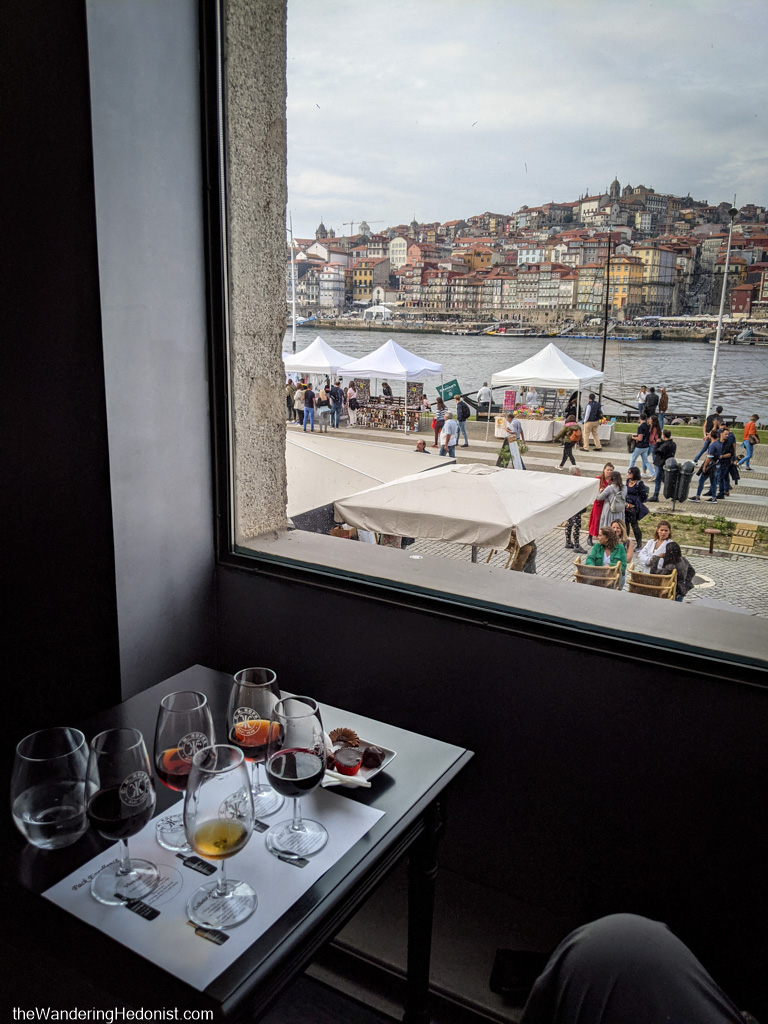
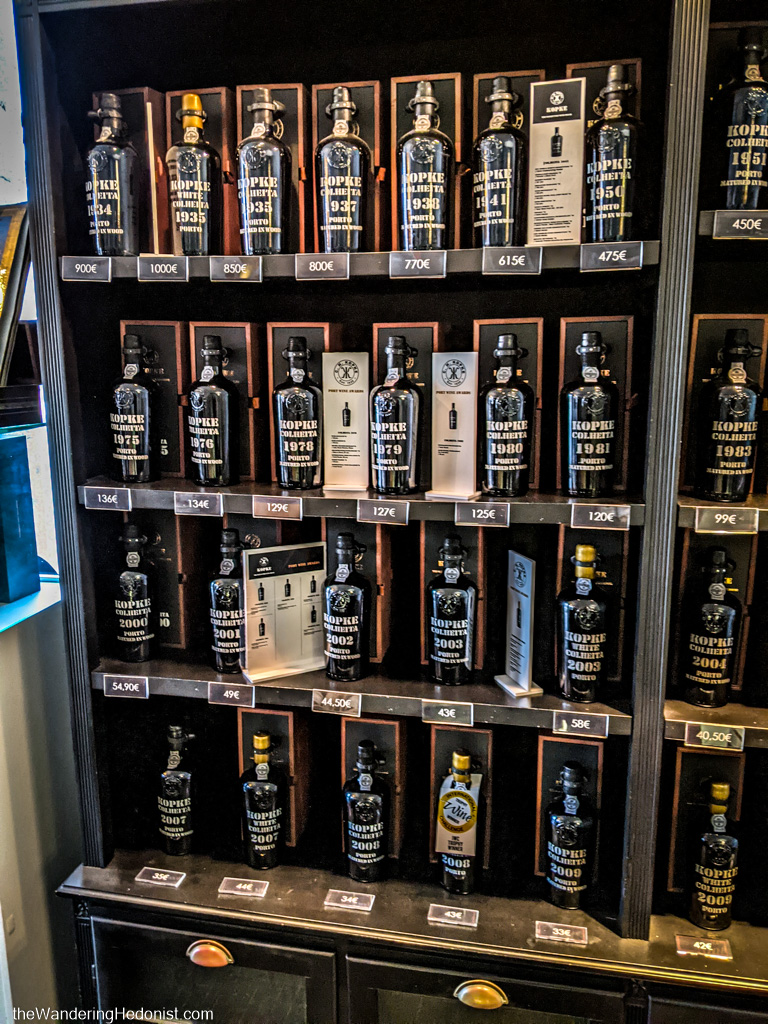
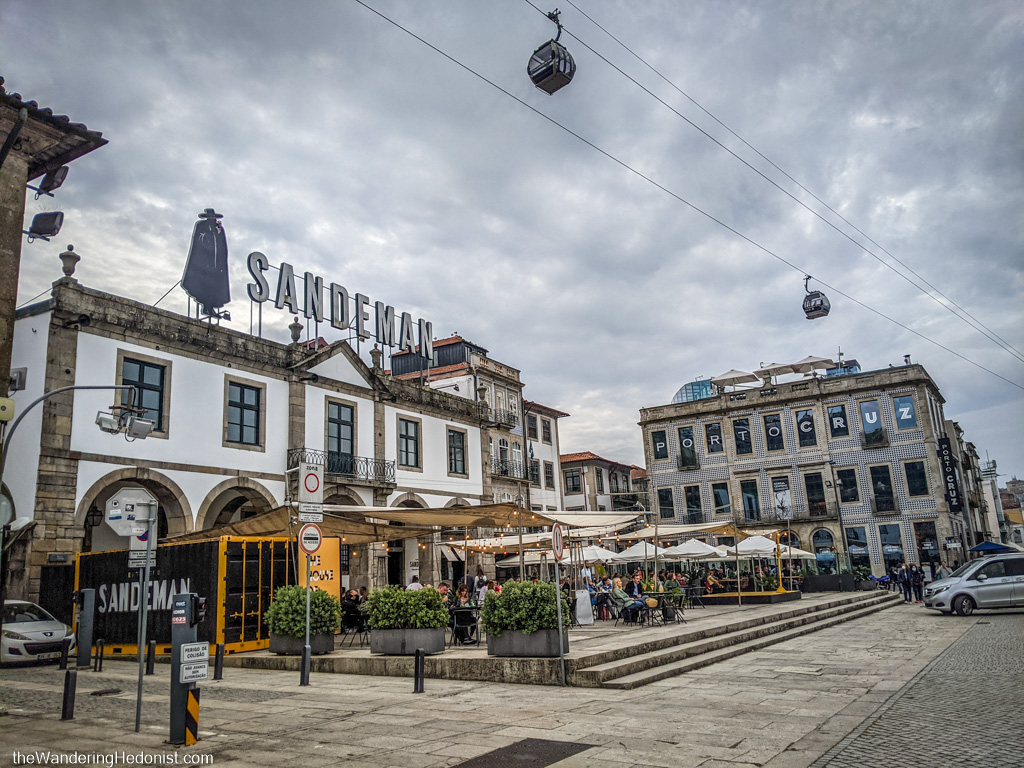
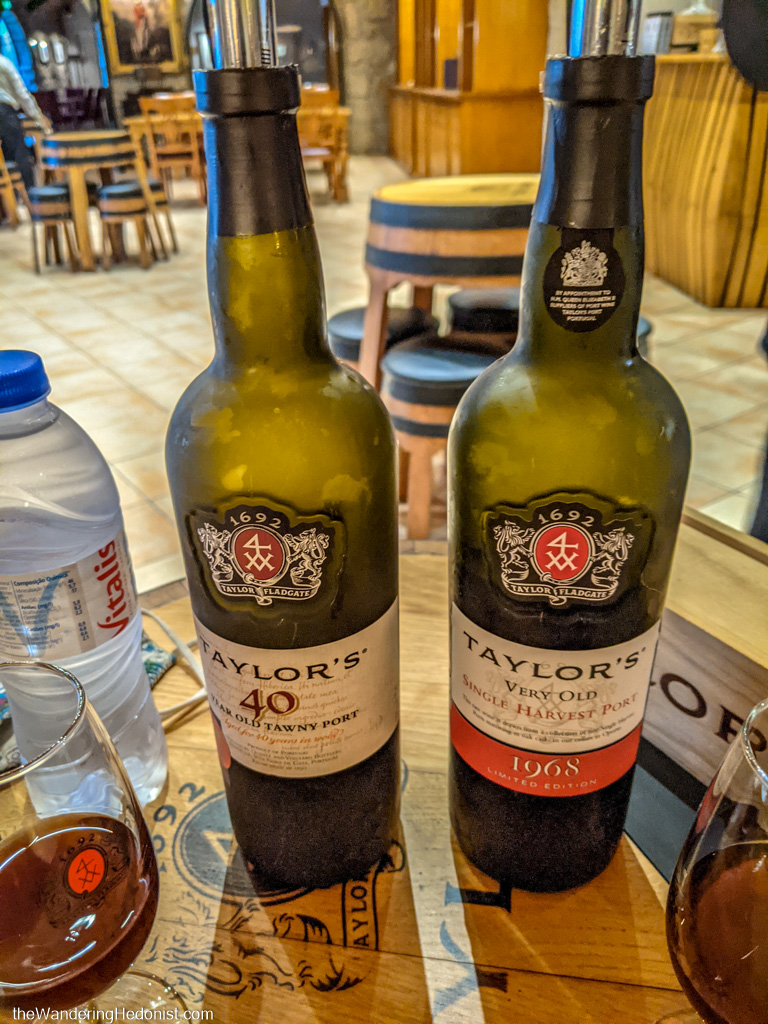
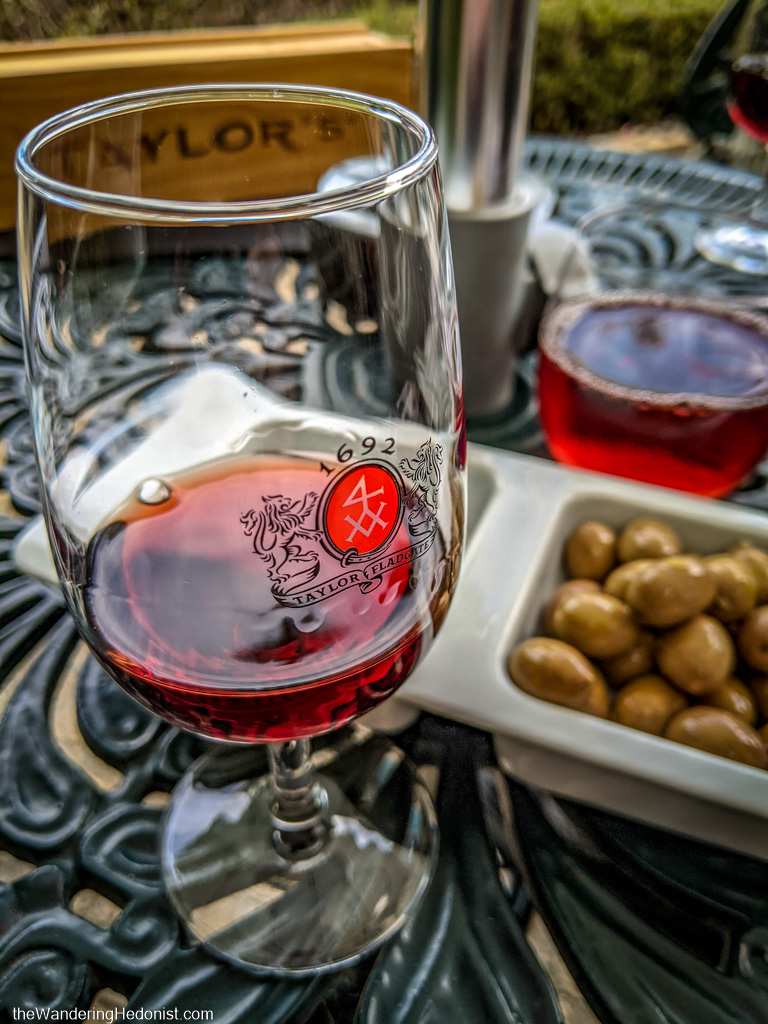


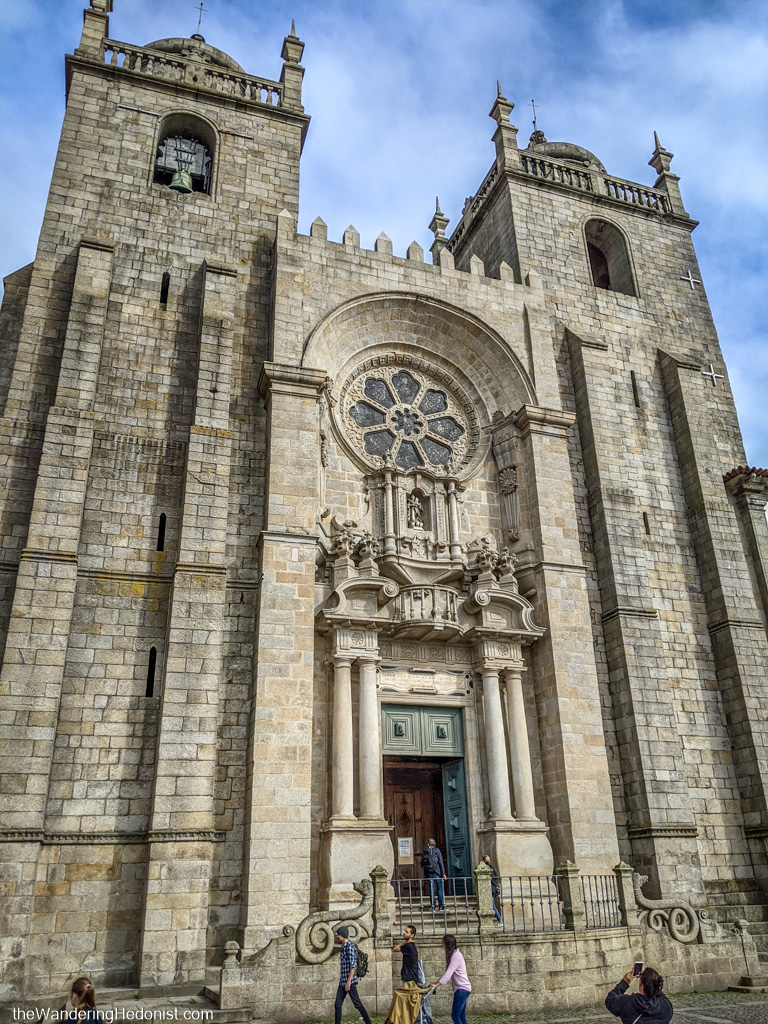
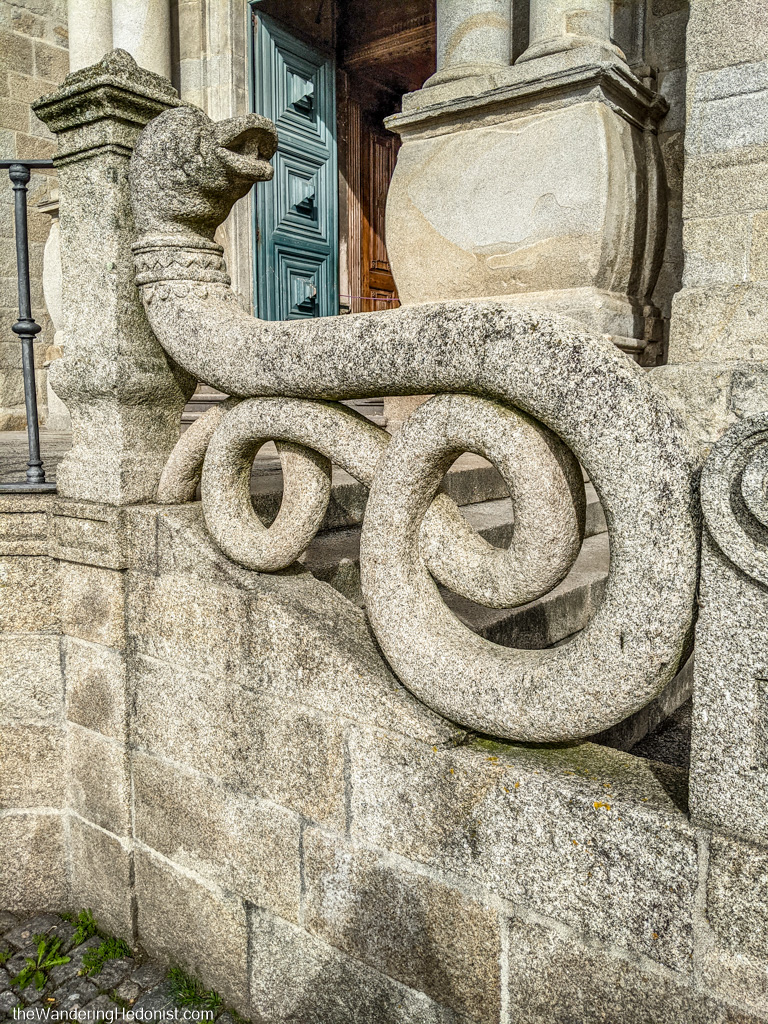
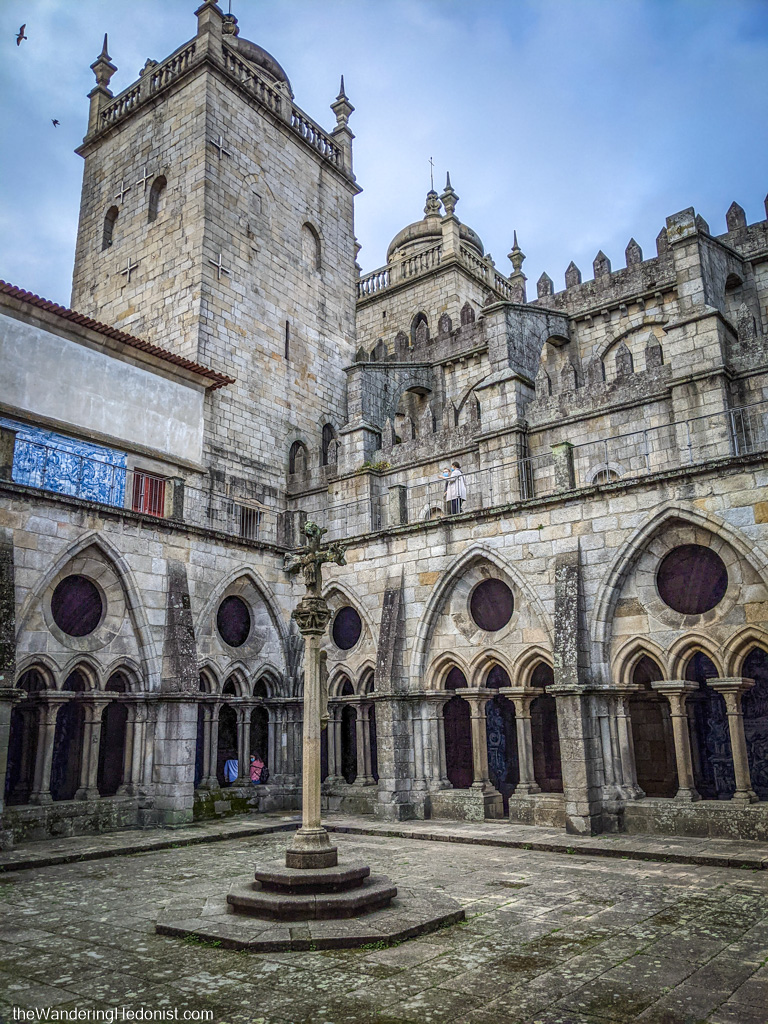

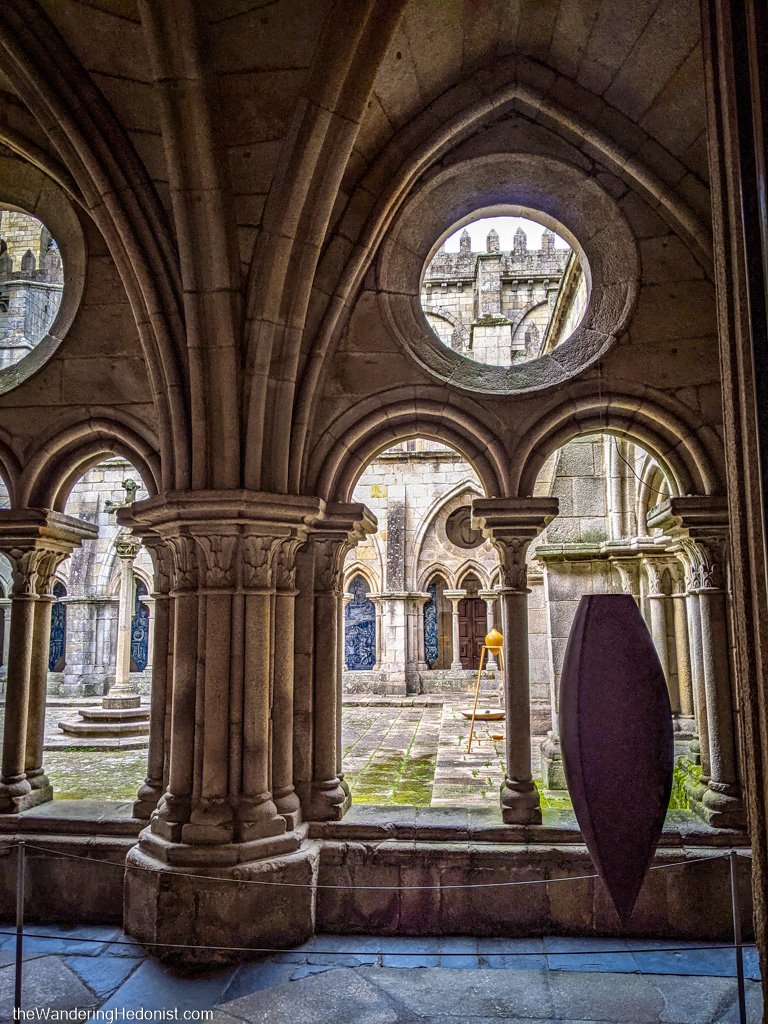

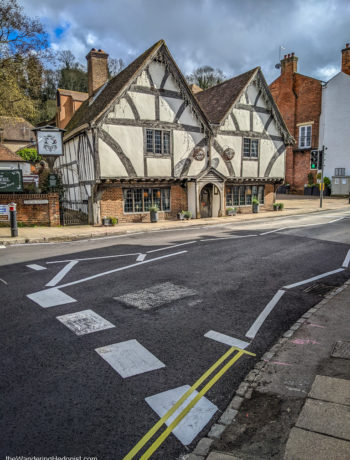
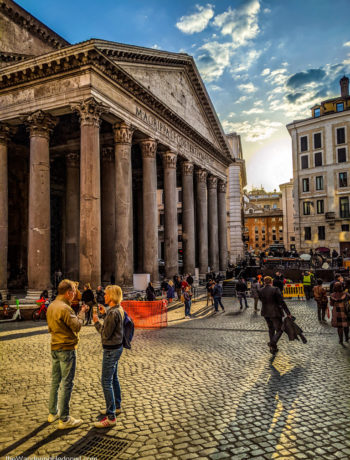
No Comments